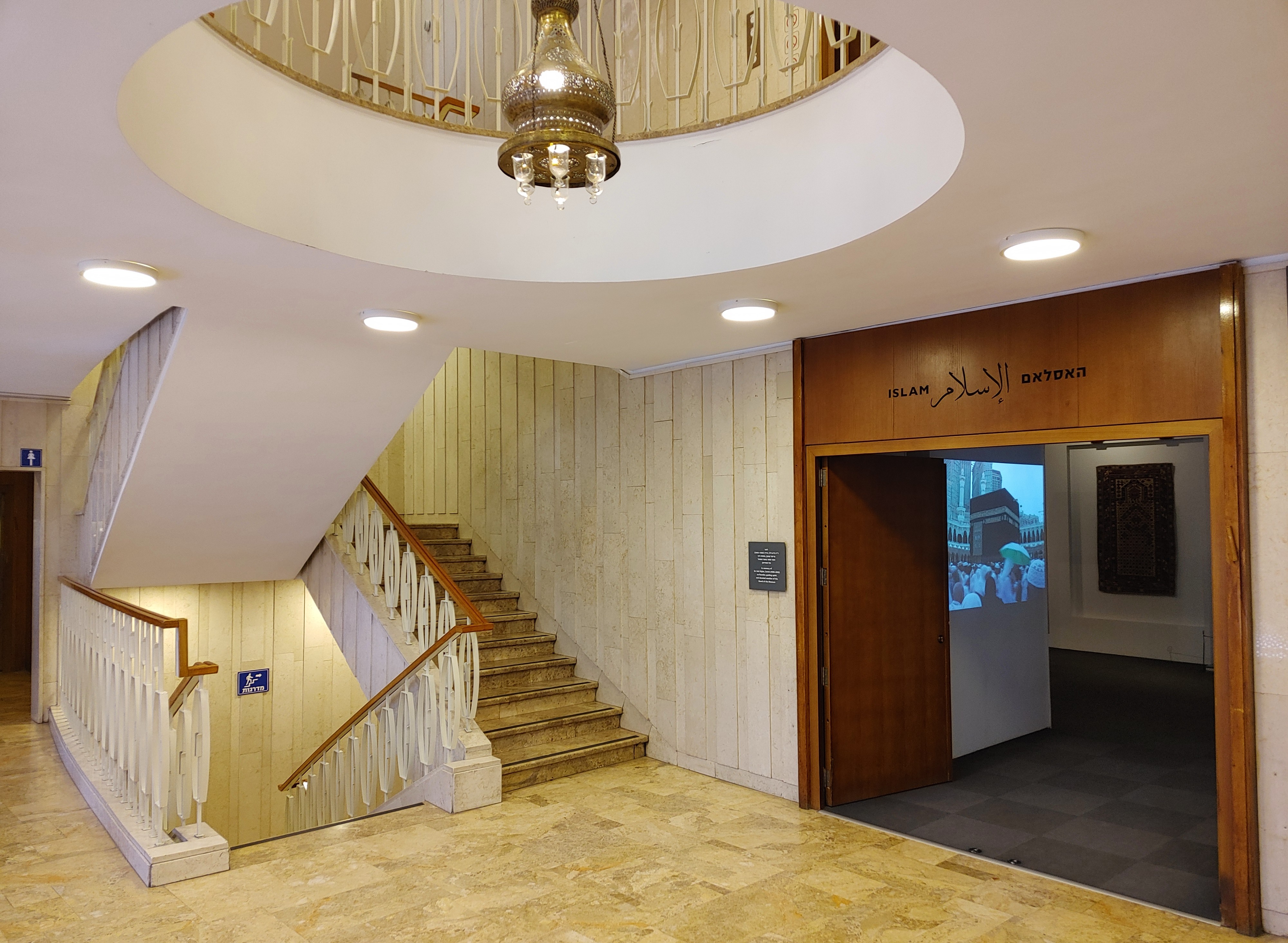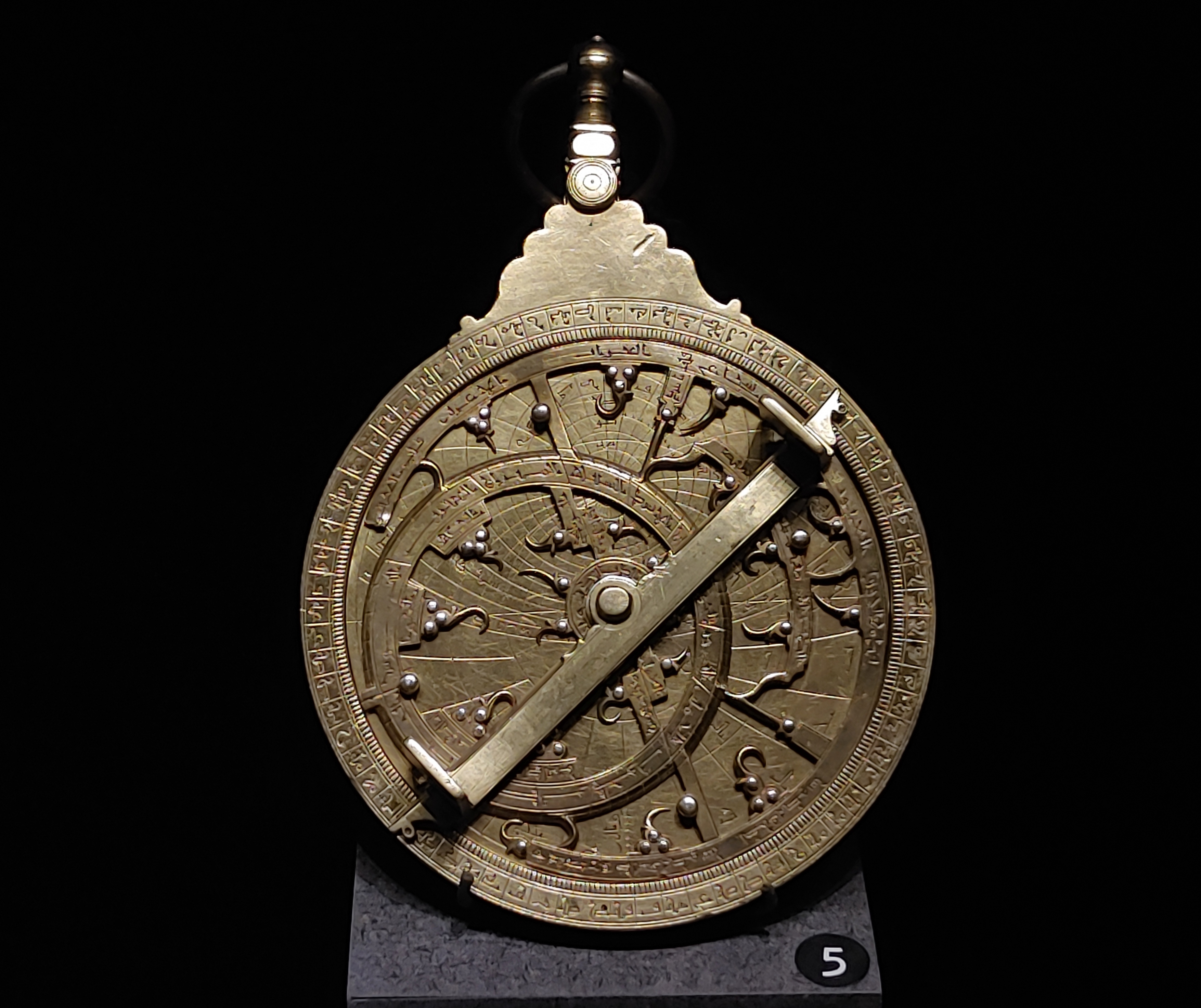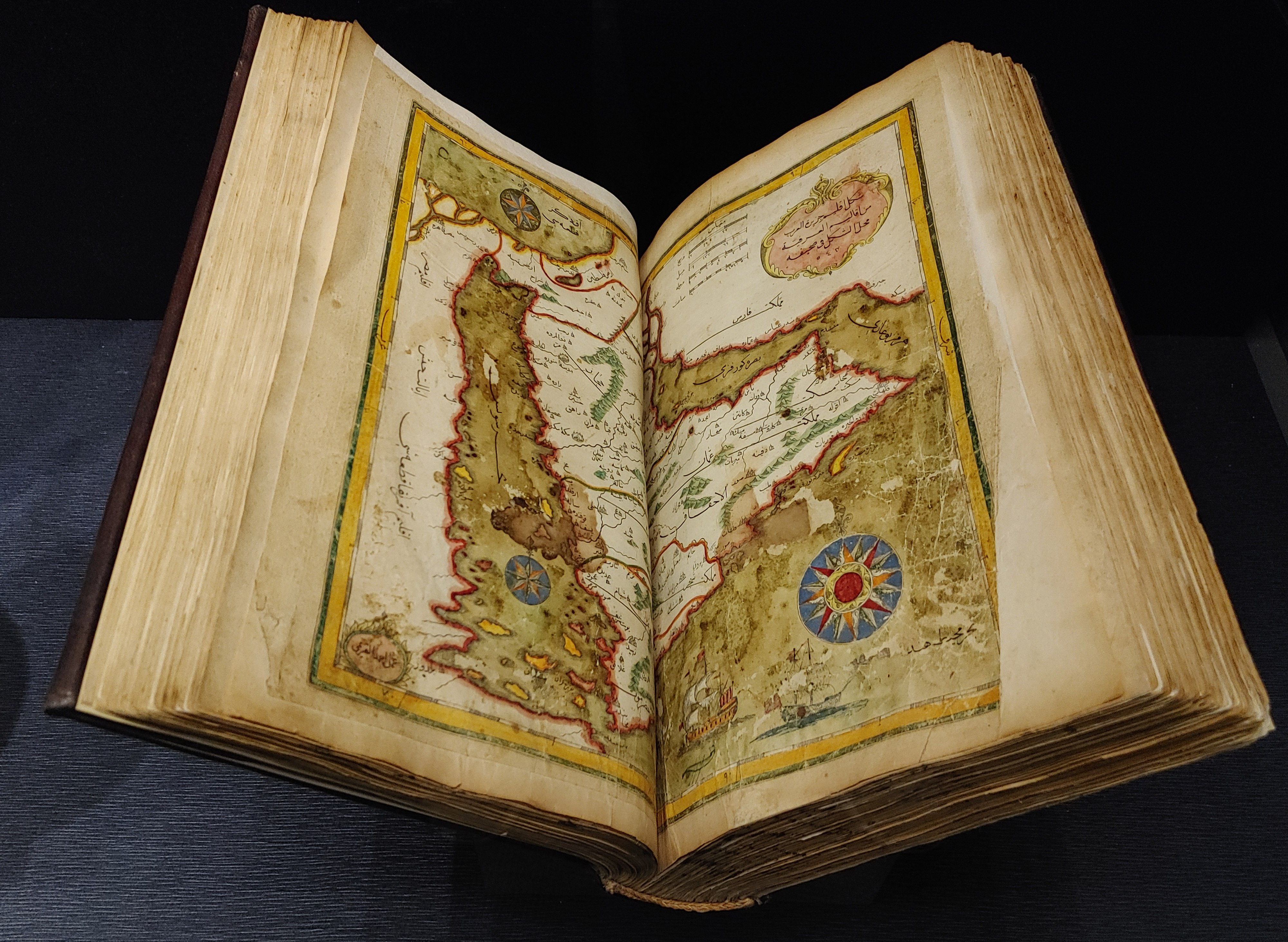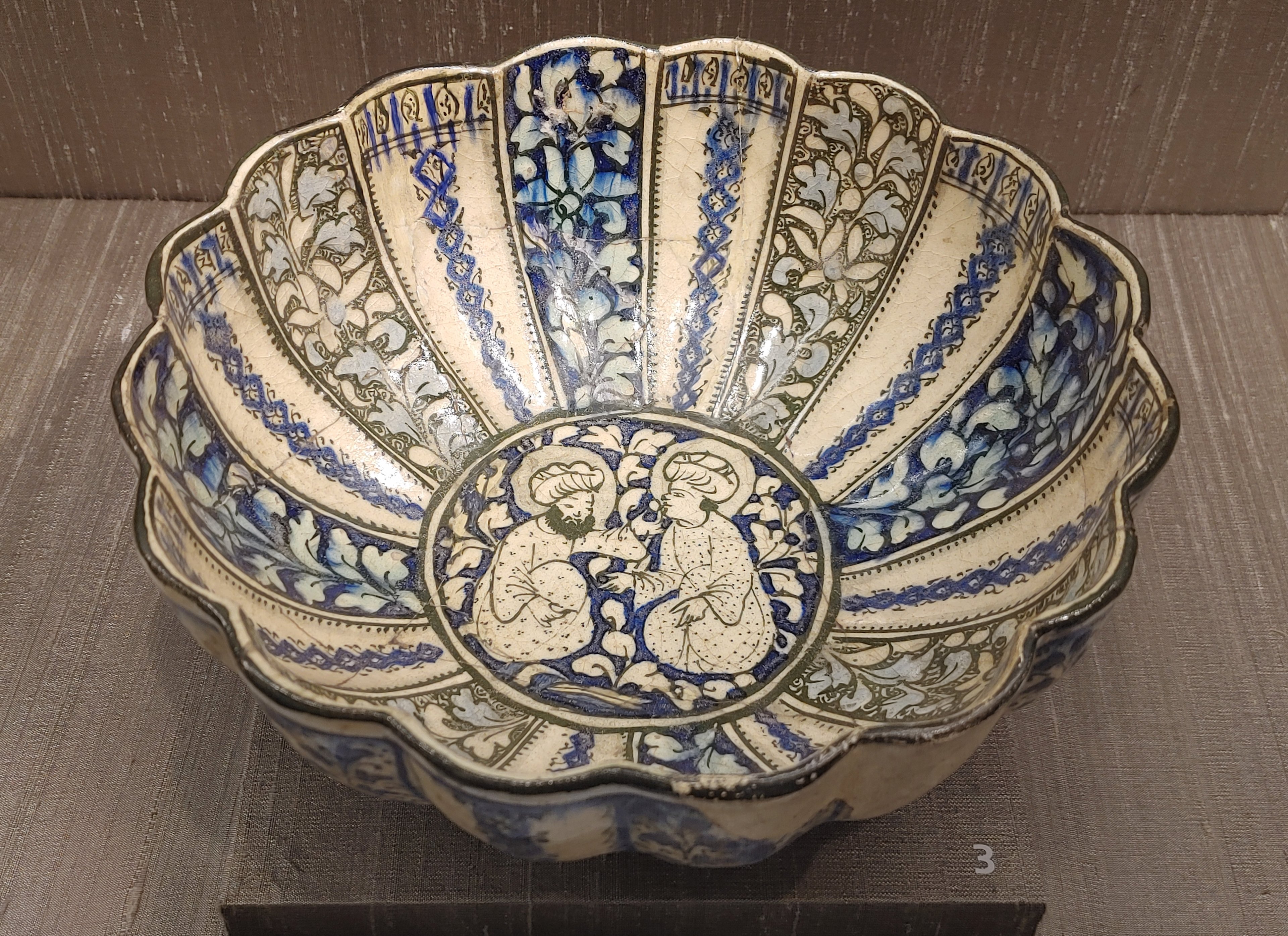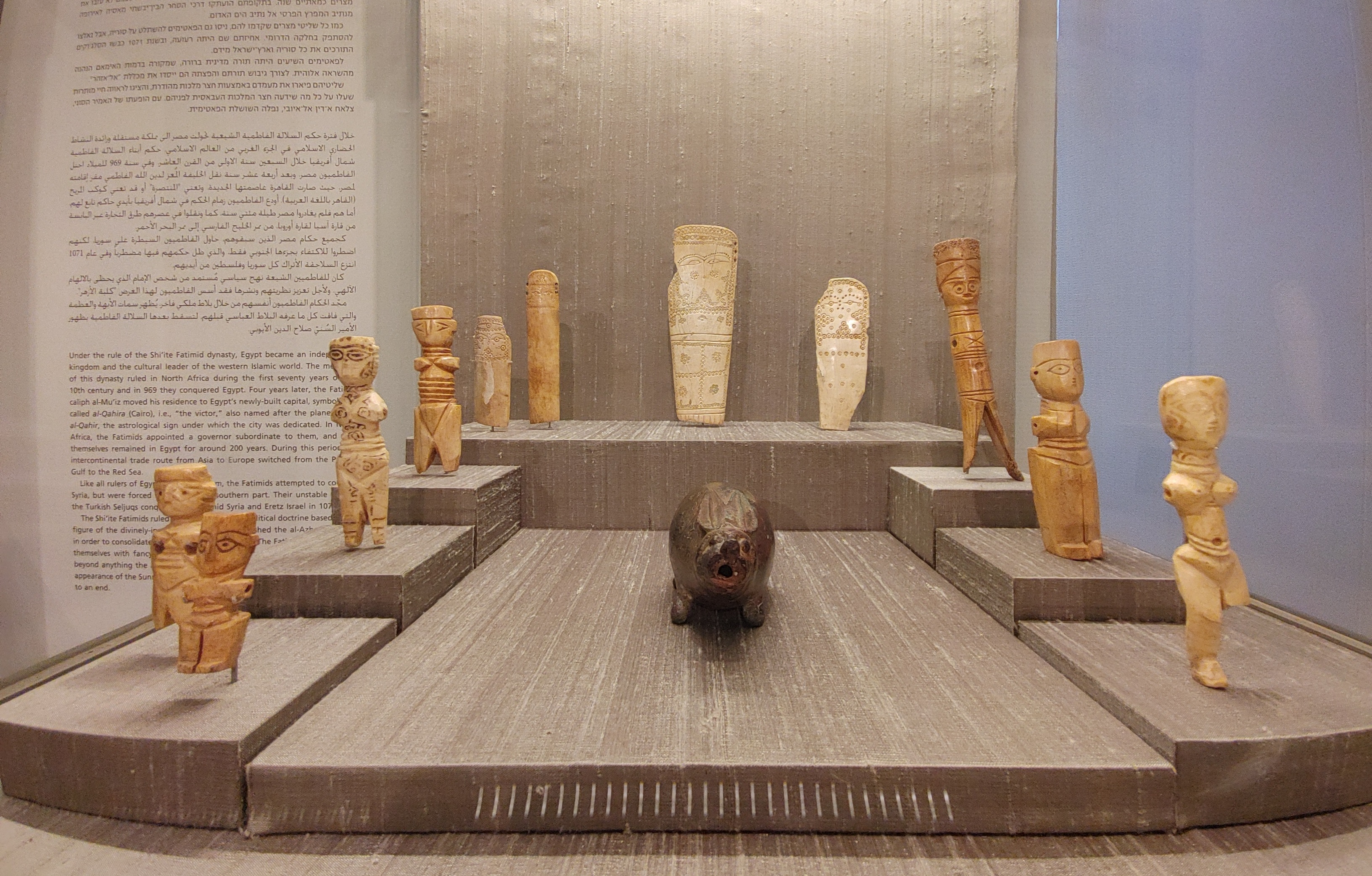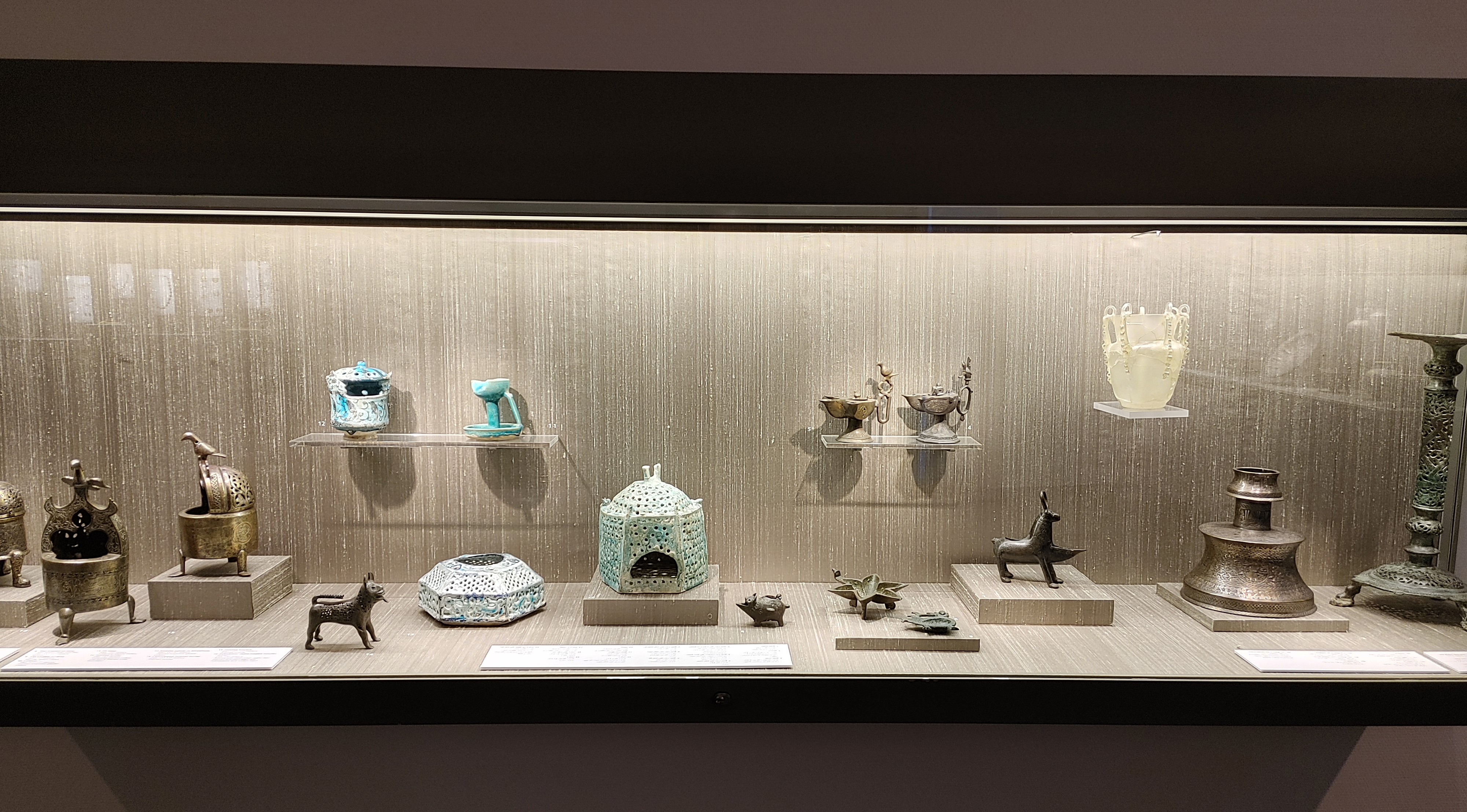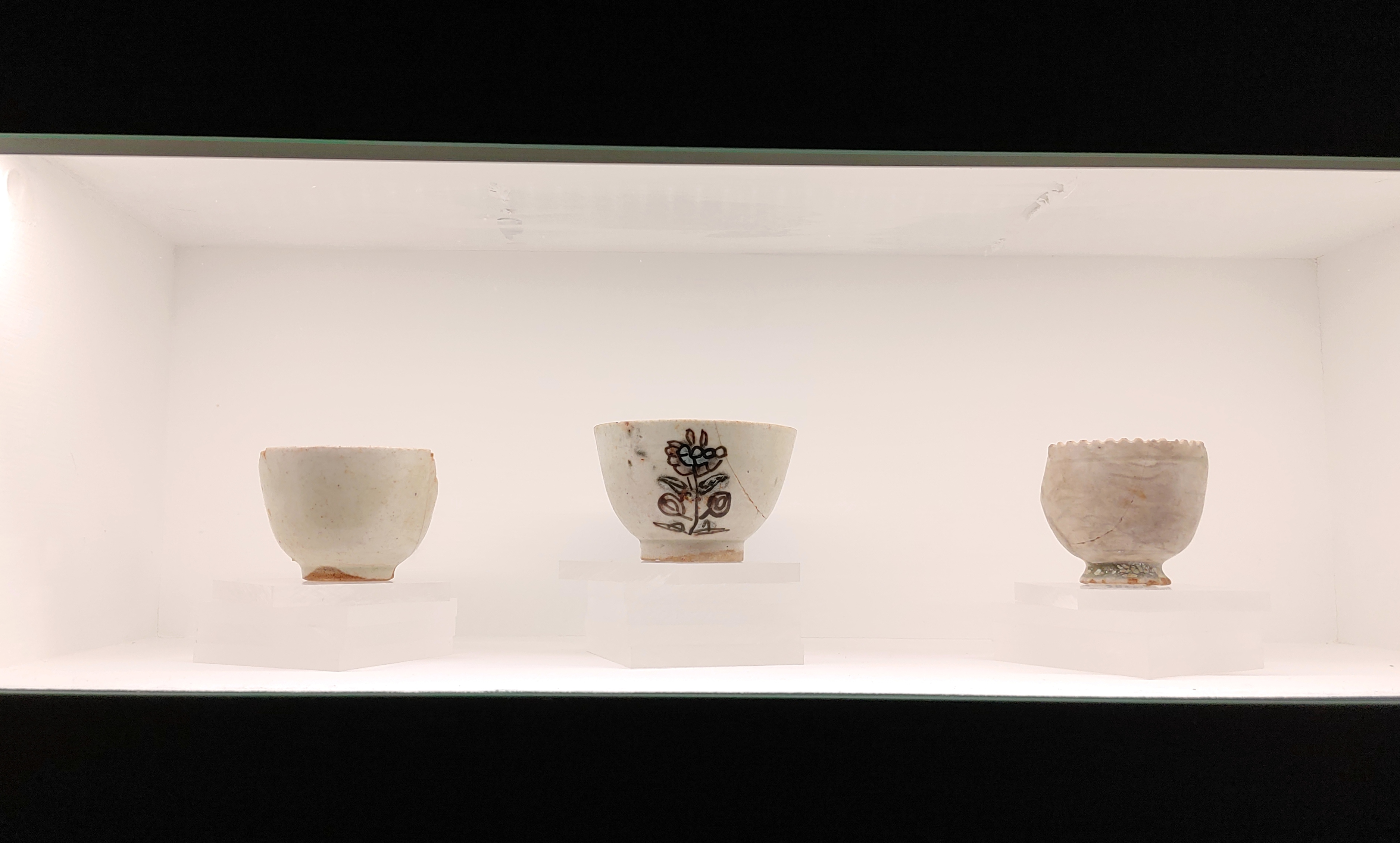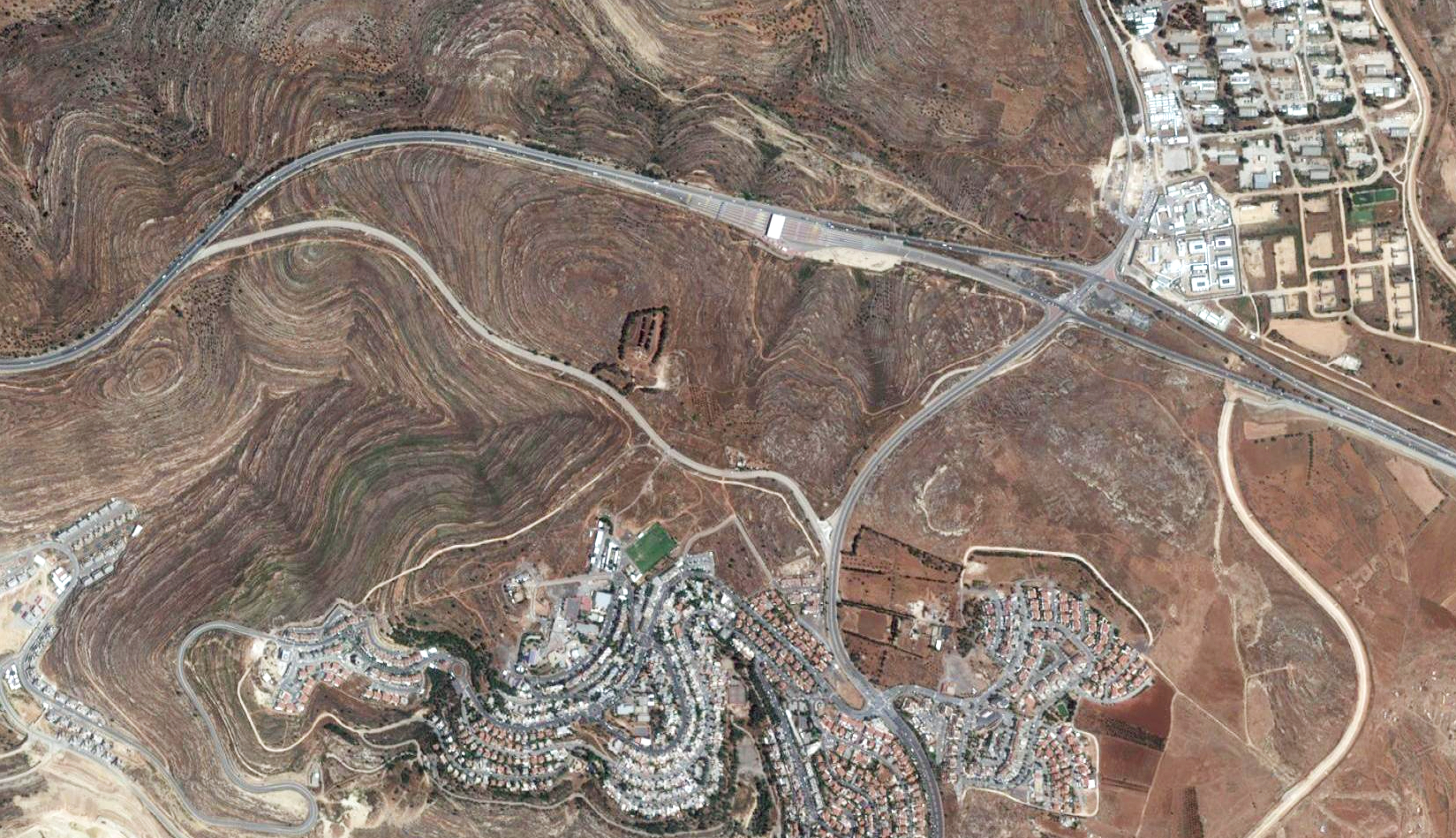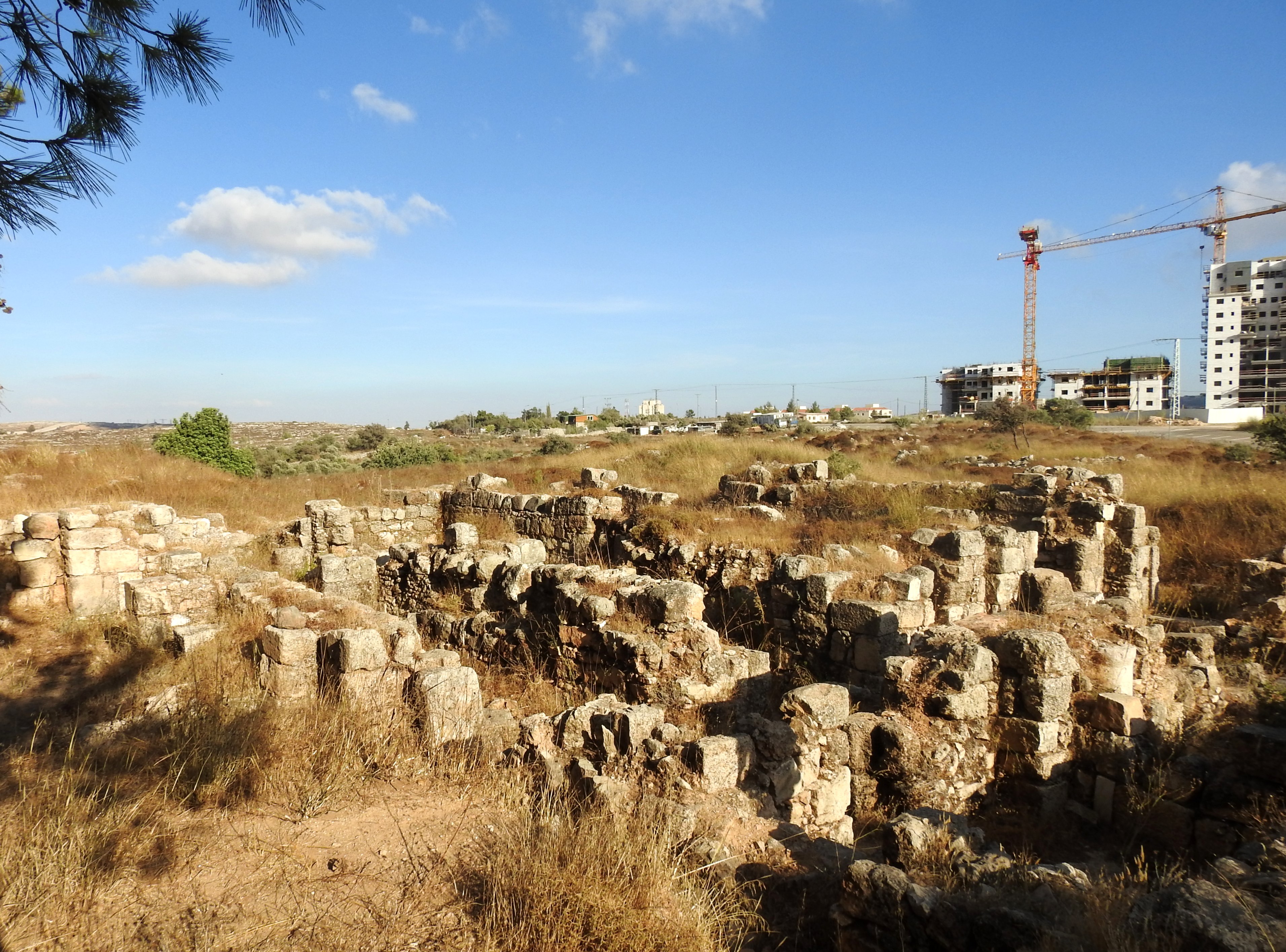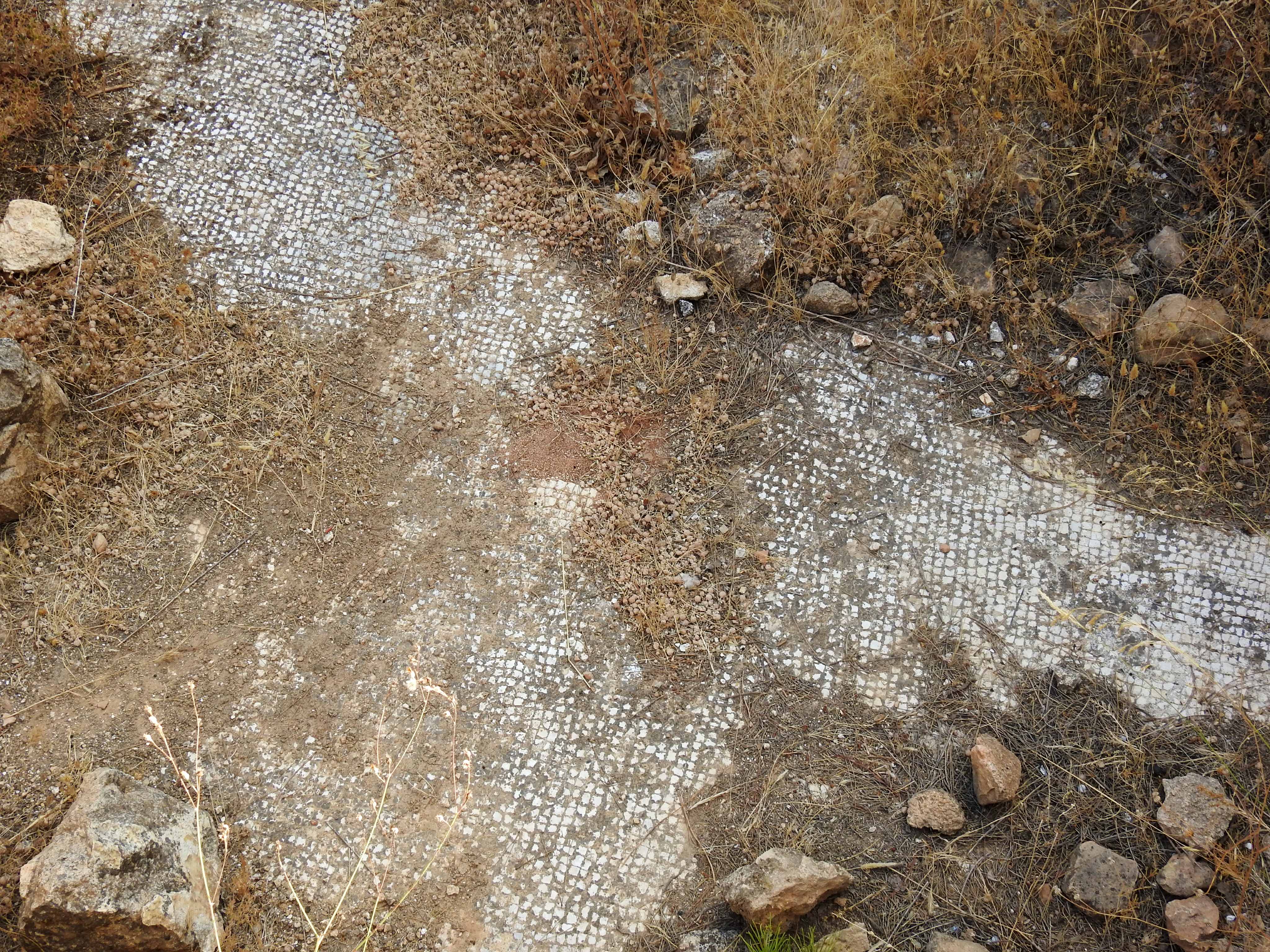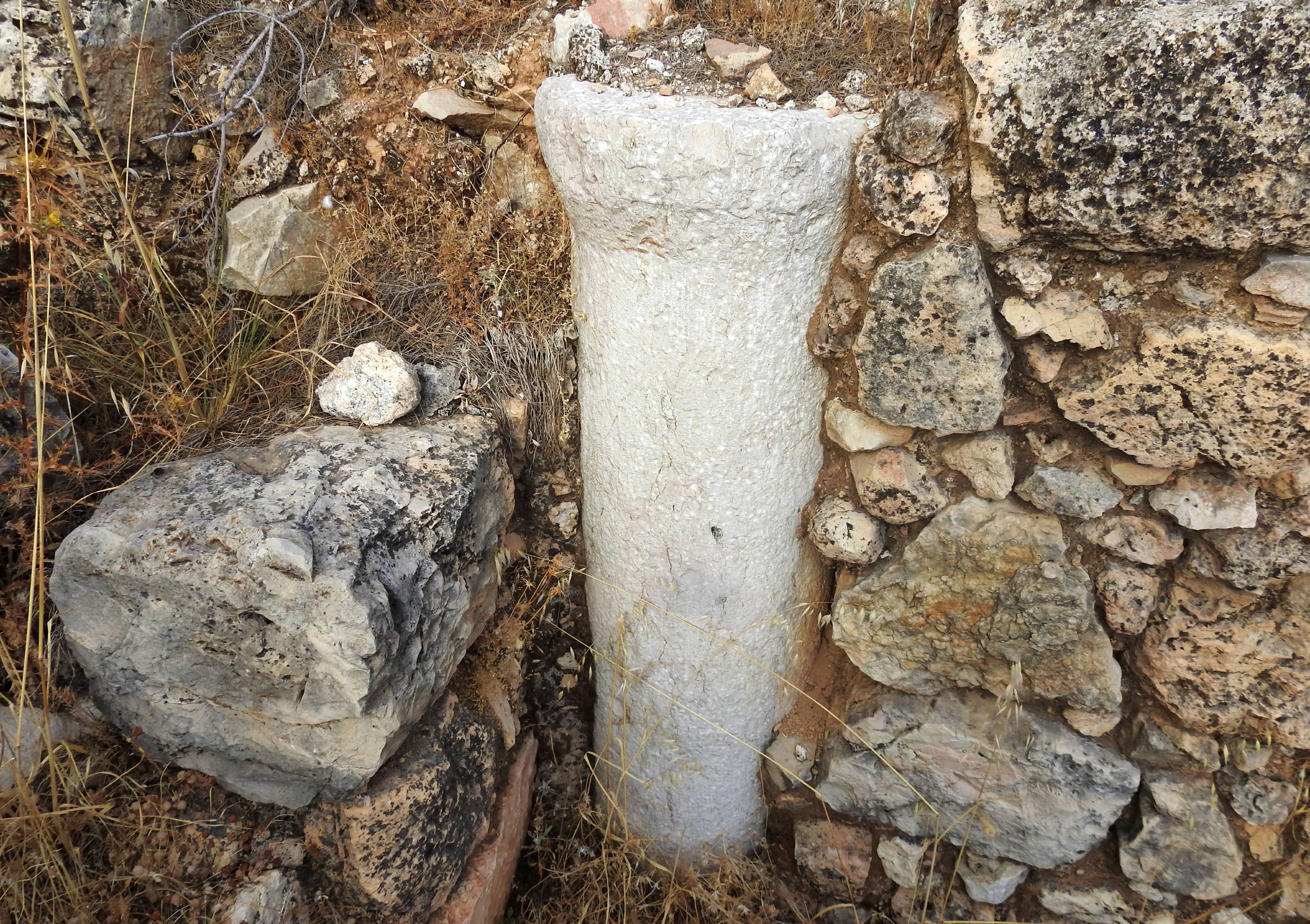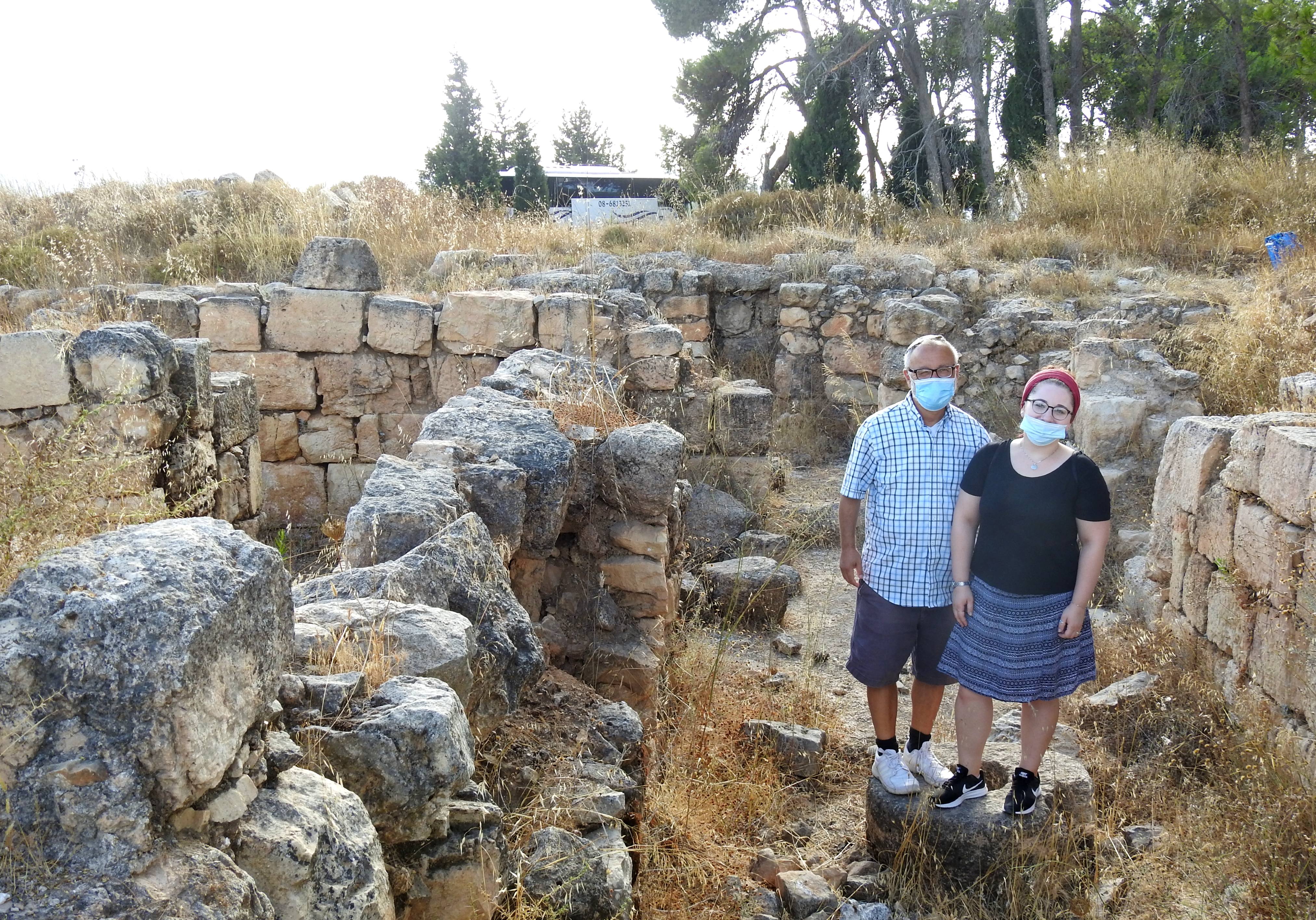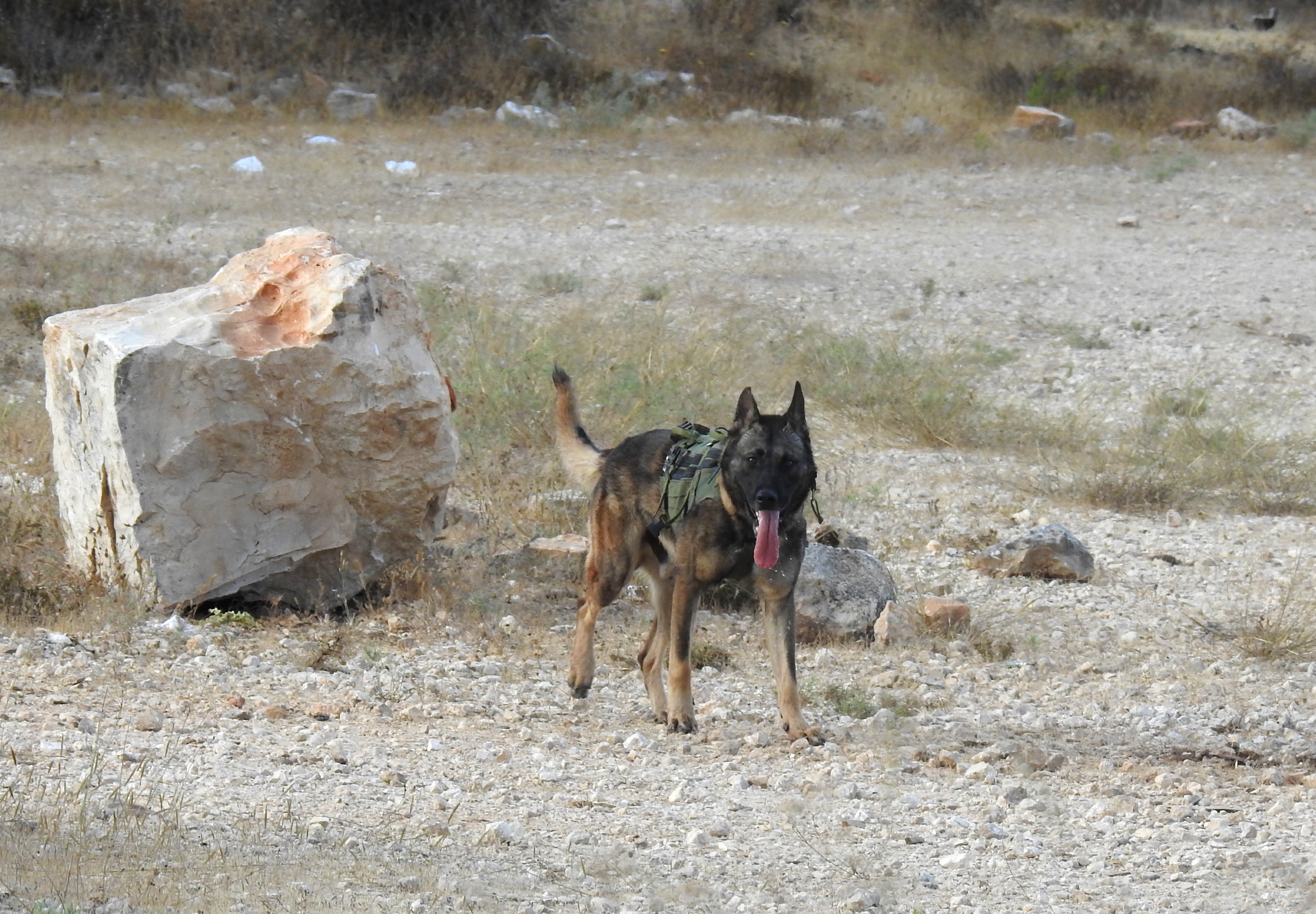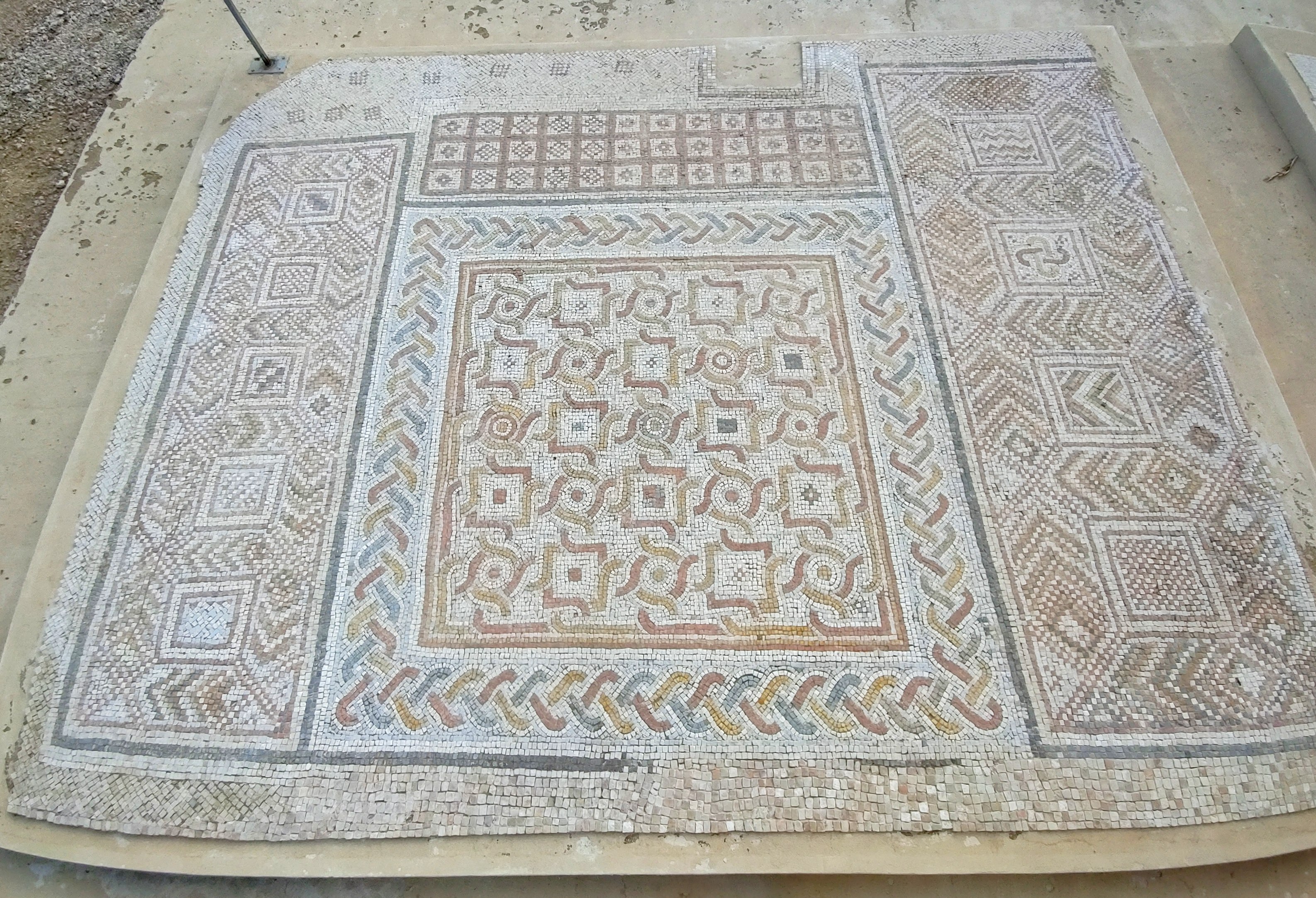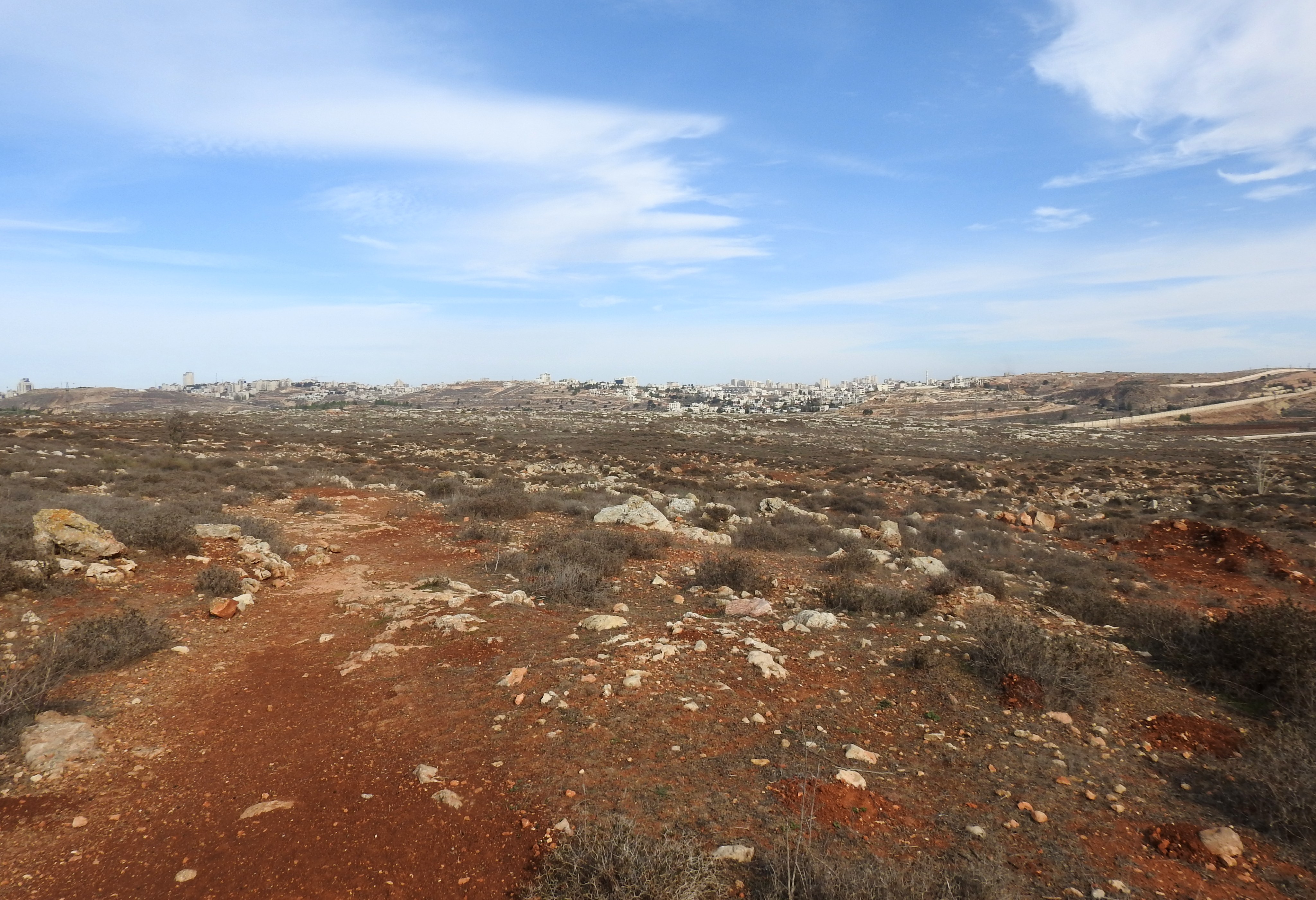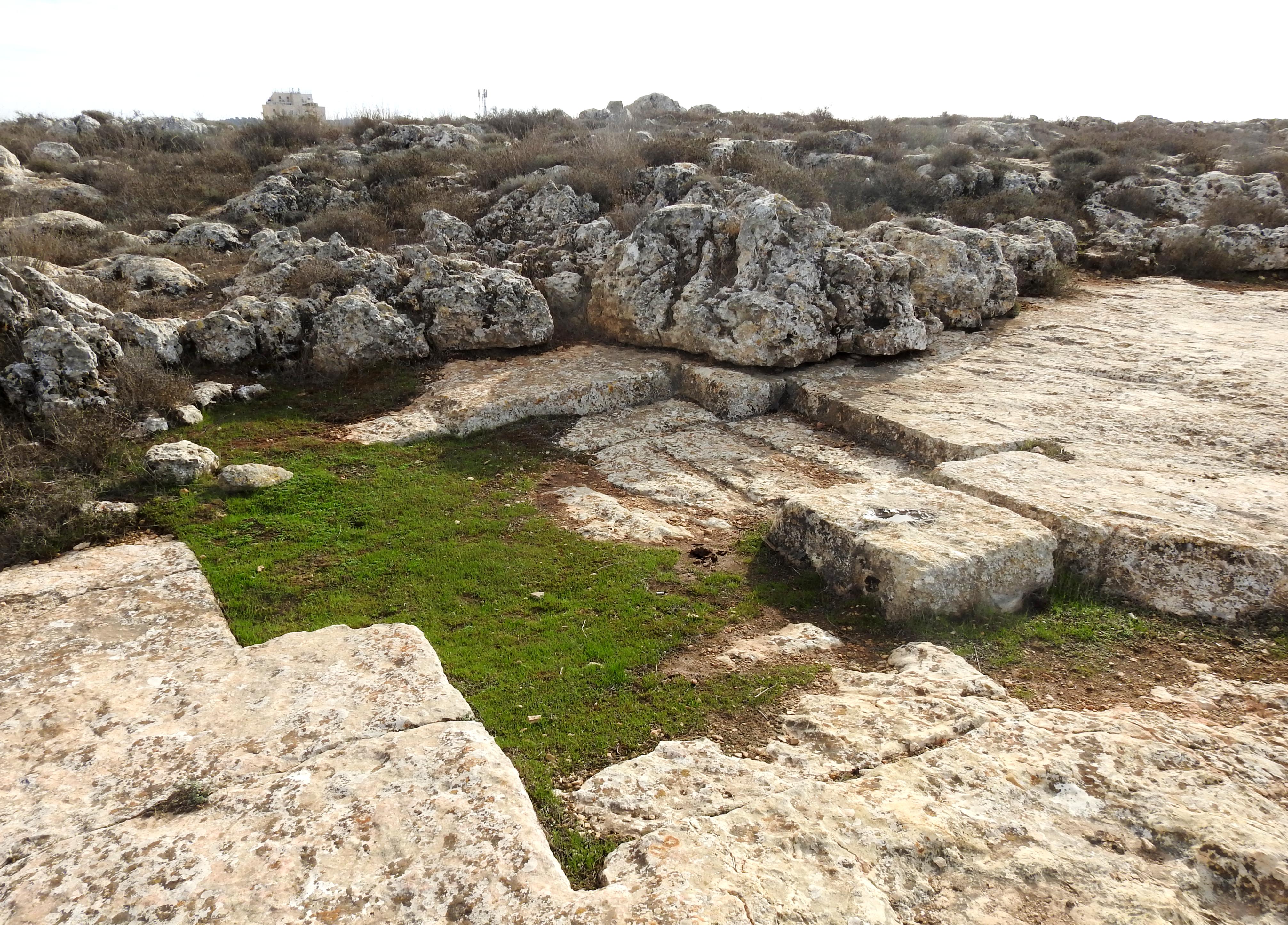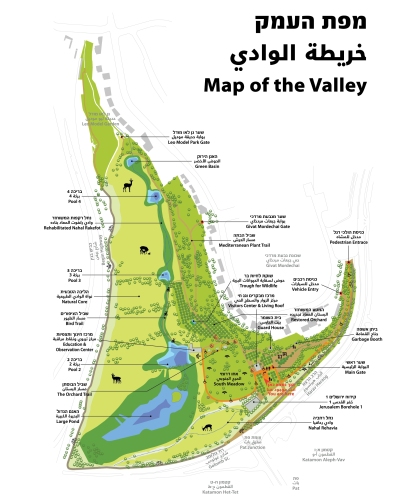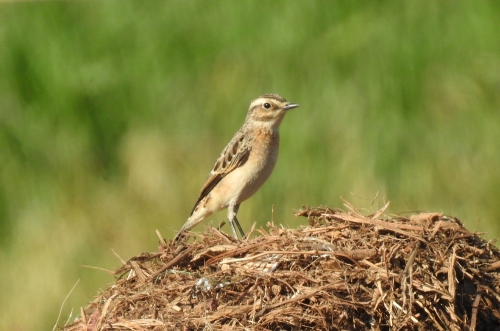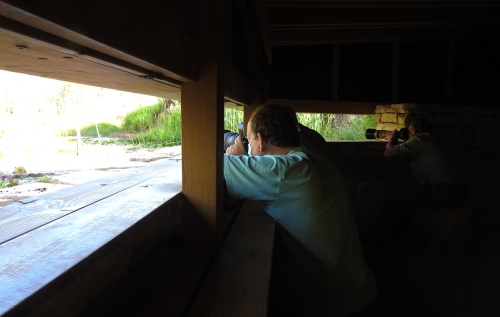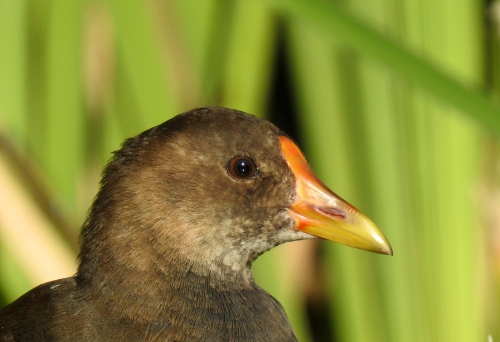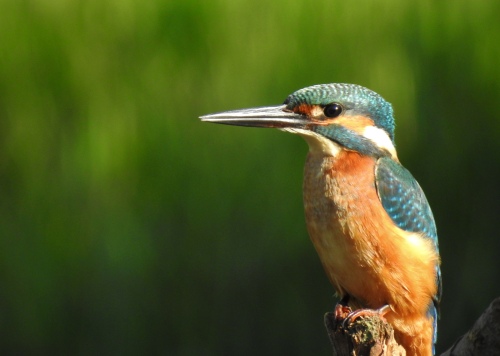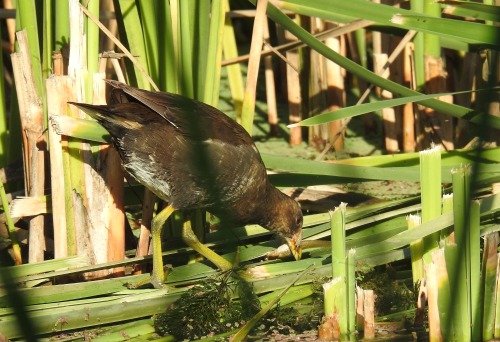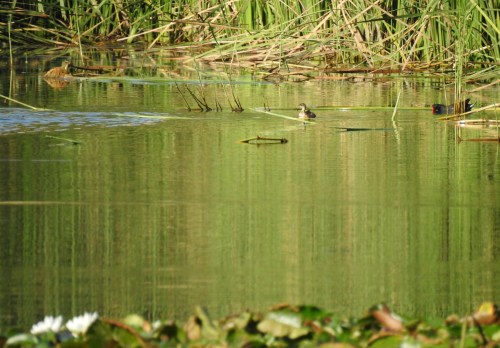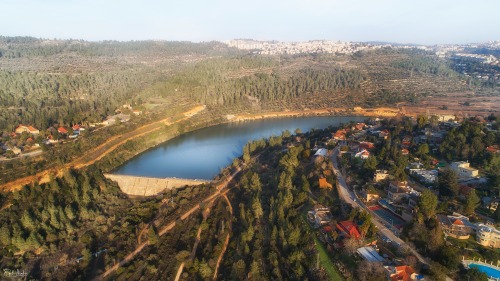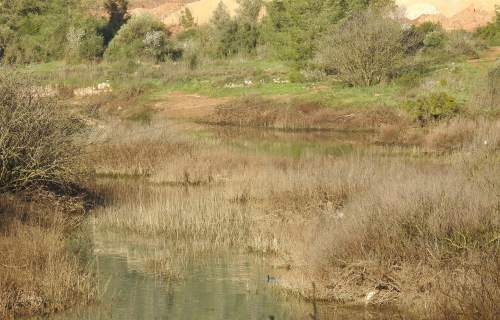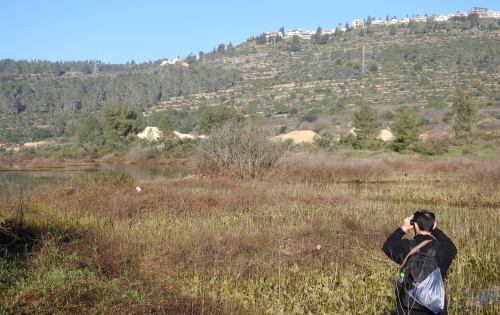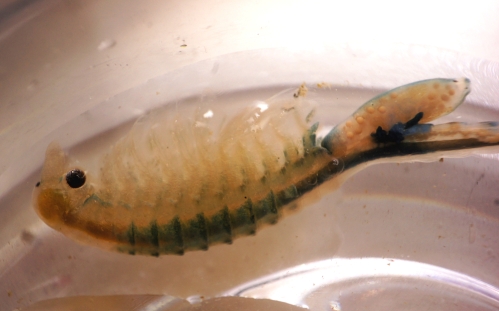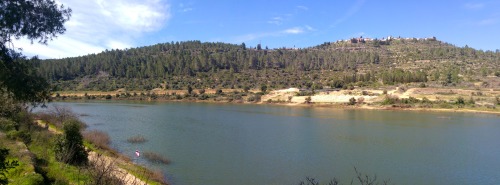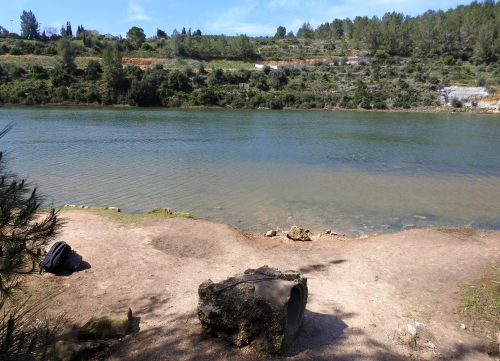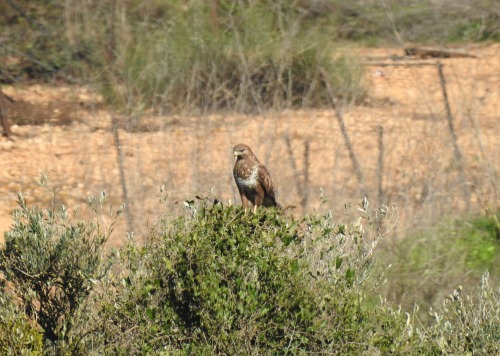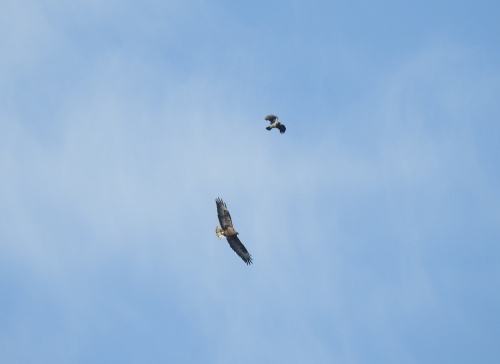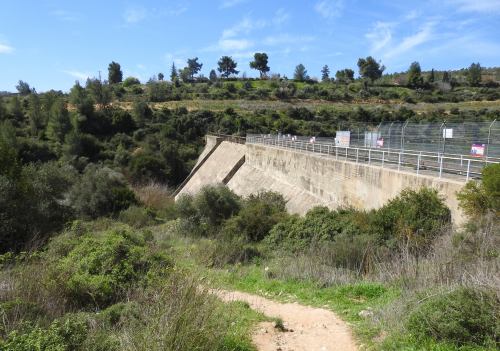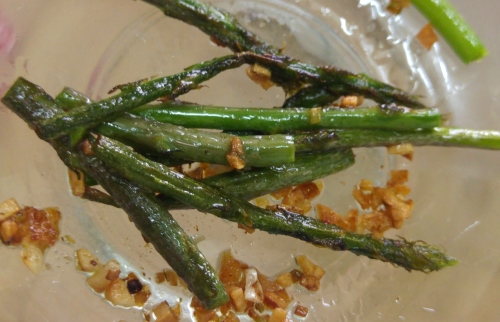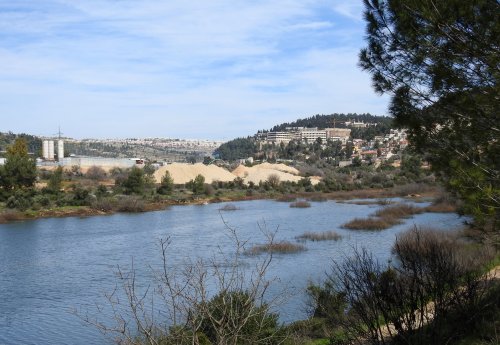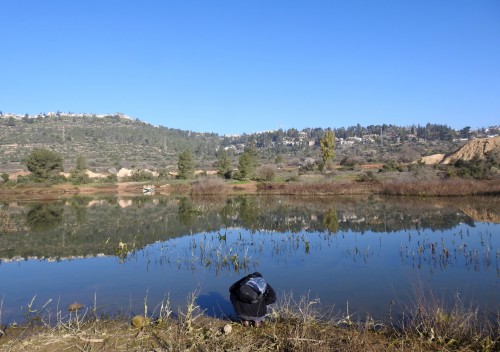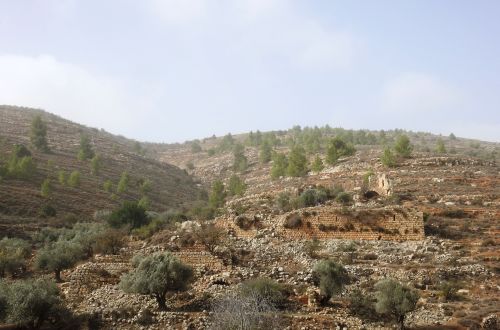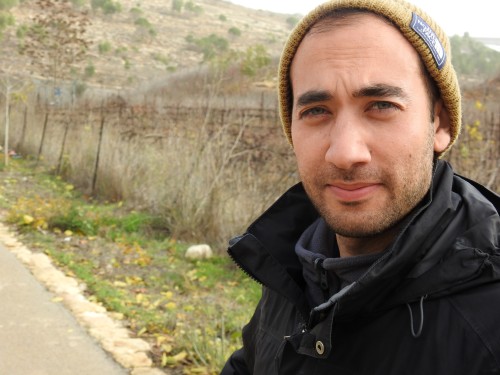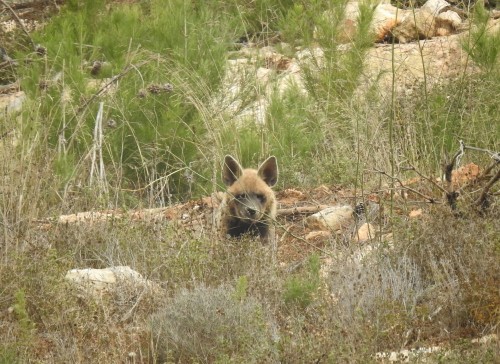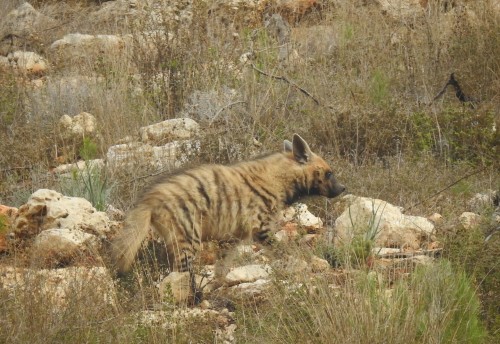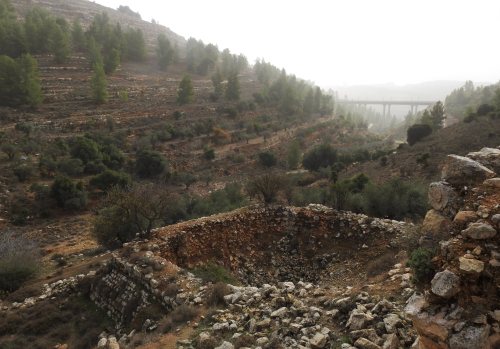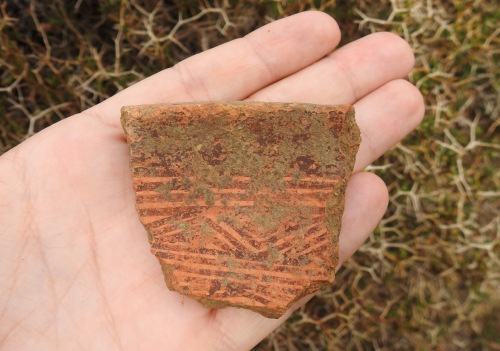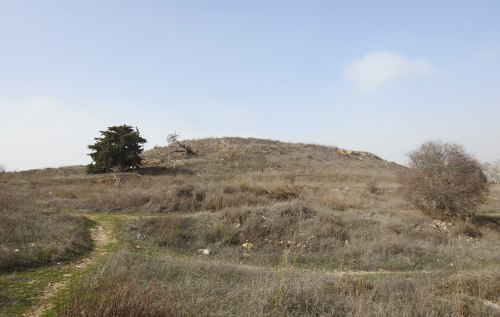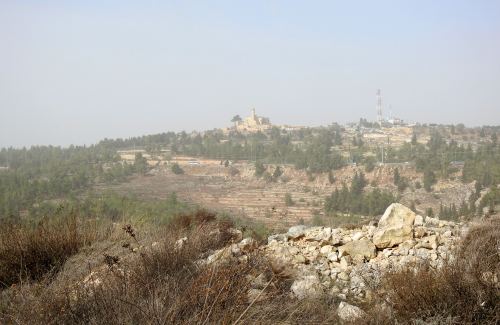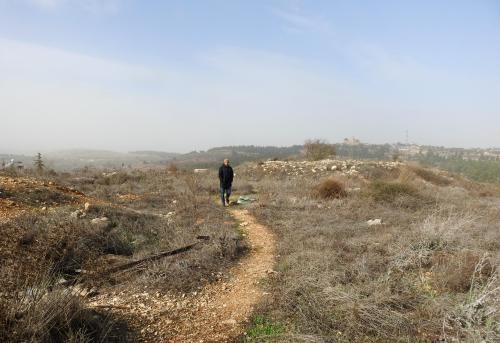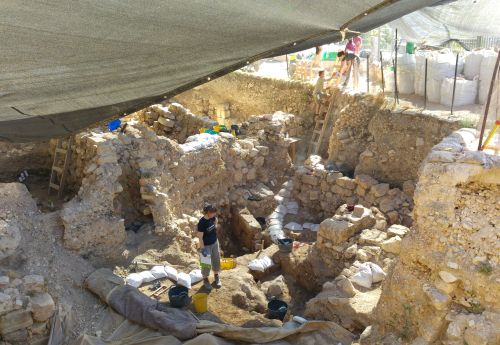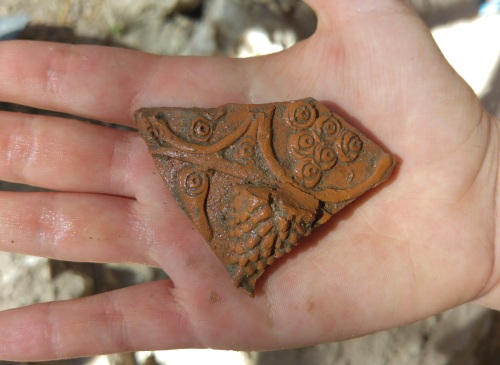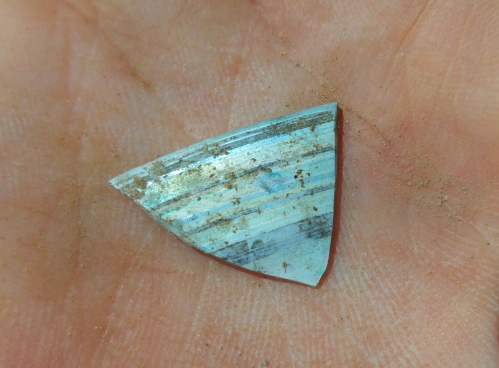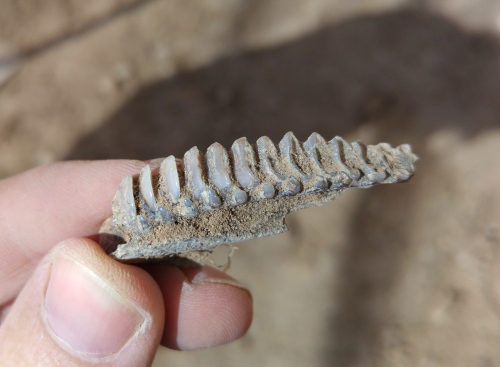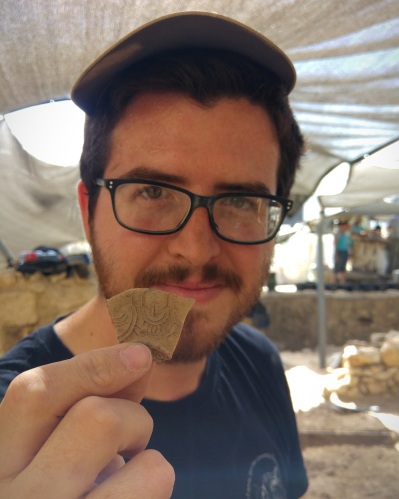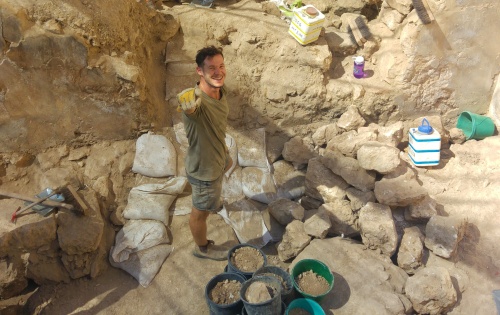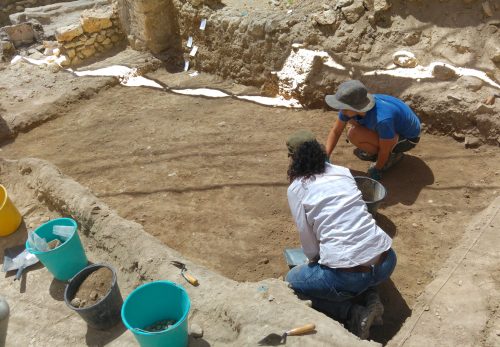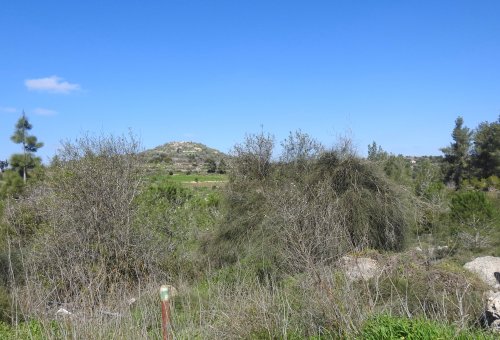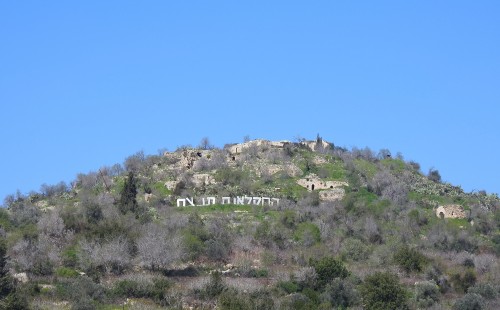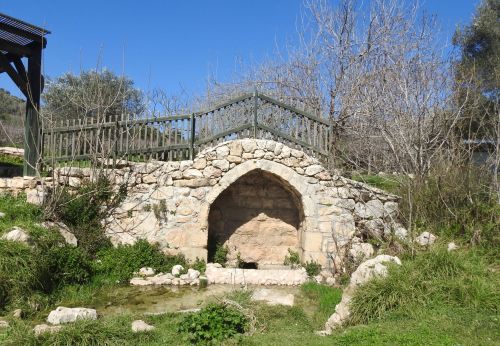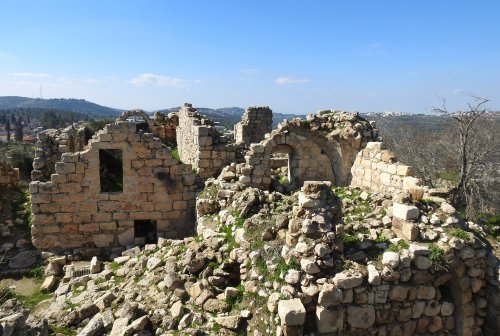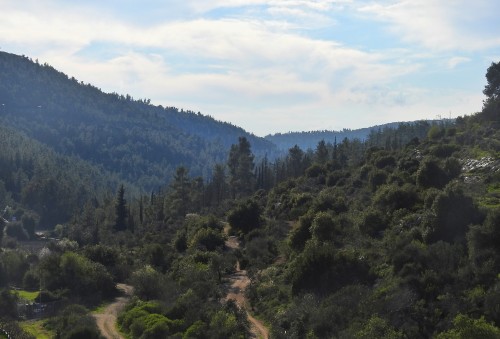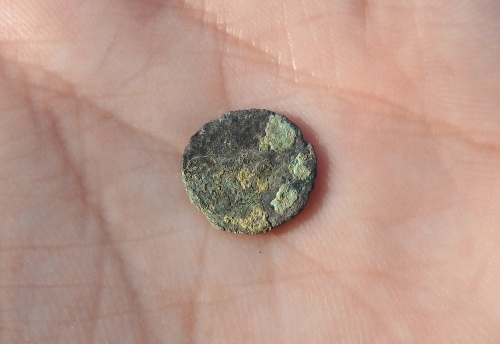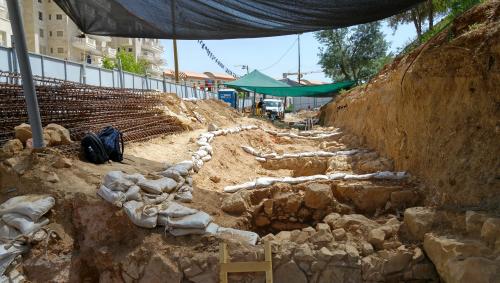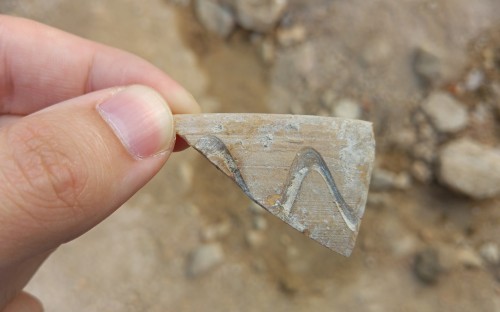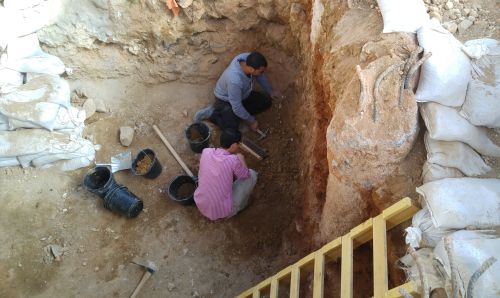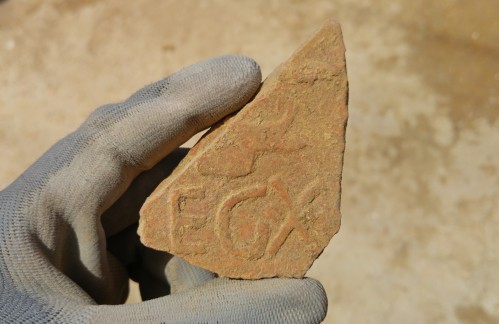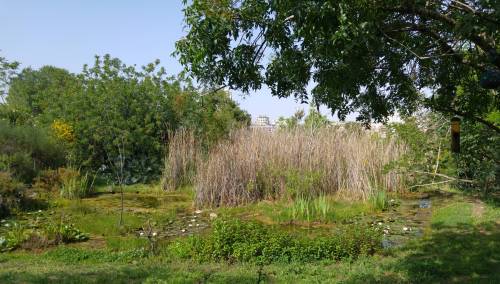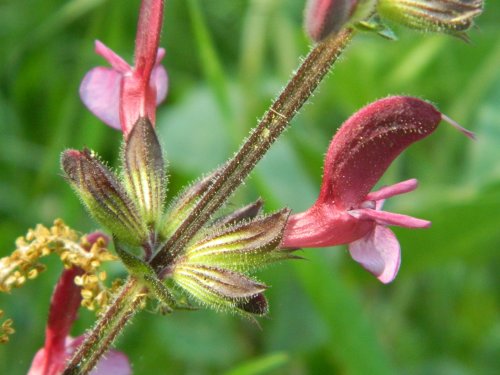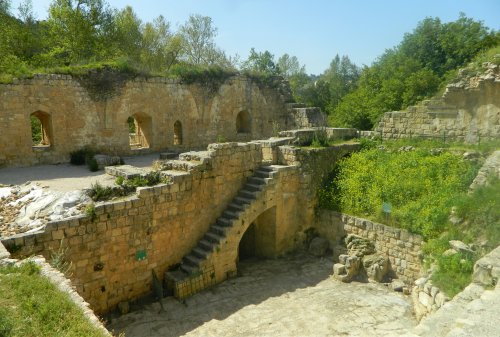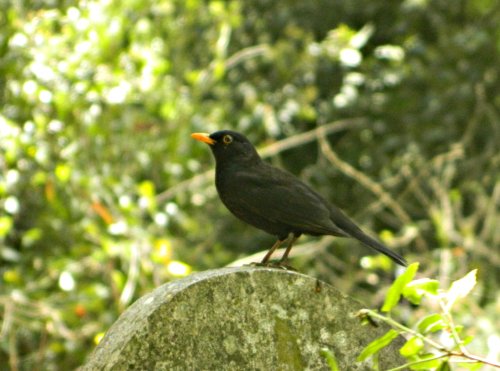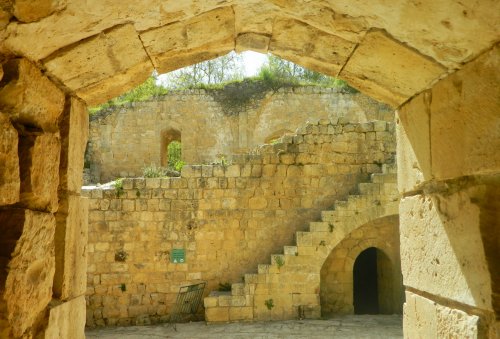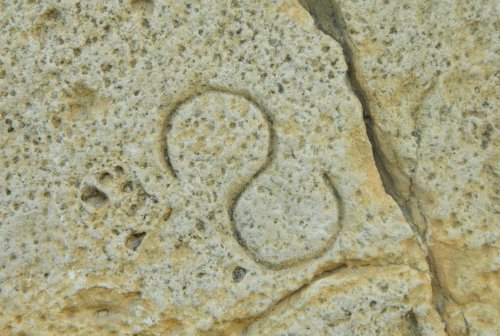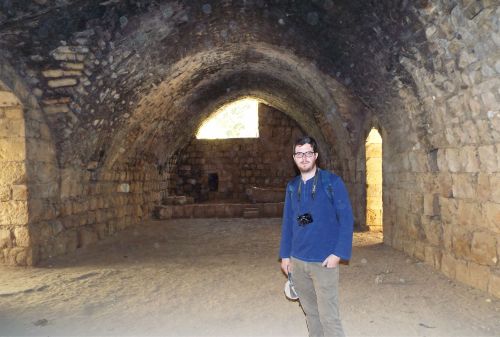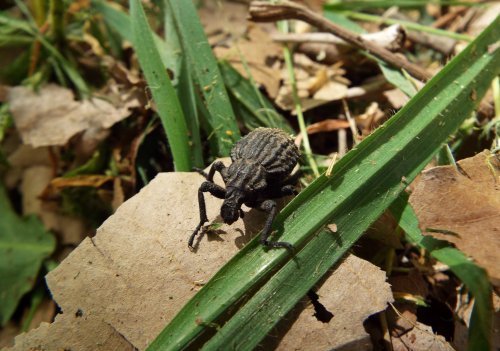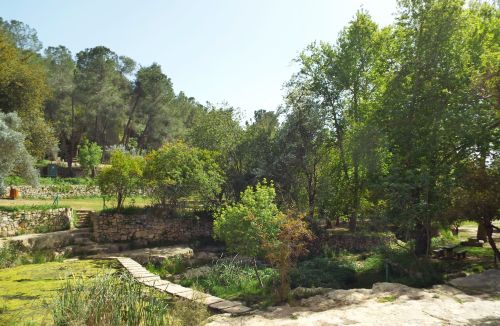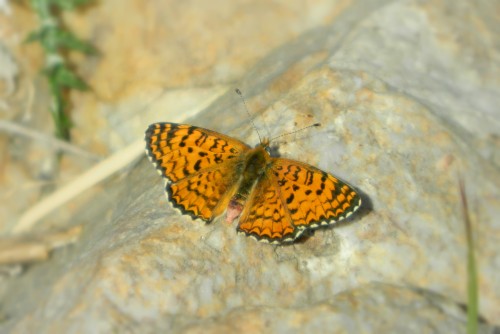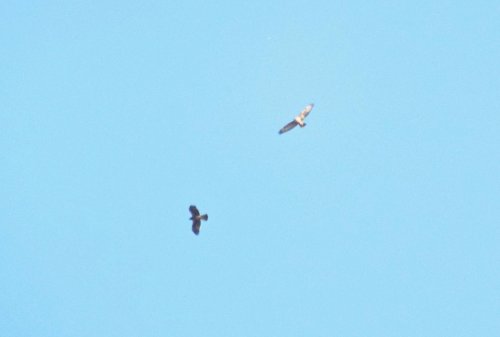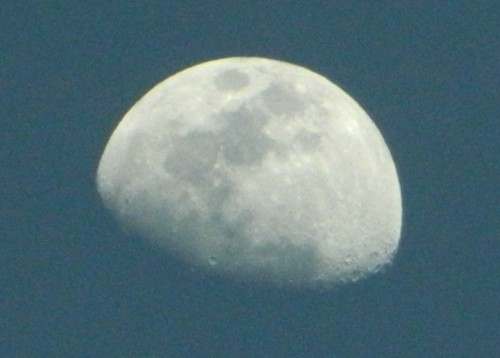Resuming the report on the Museum for Islamic Art, our final destination was to a very special exhibit – one that deserves, and merits, its own blog post. I speak of the Sir David Salomons Collection of Watches and Clocks, hosted in a dark bomb shelter in the museum’s lower floor. Interestingly enough, I was unaware that this exhibit existed when planning our trip to the museum, but having a soft spot for horology, this came as quite the welcome surprise.
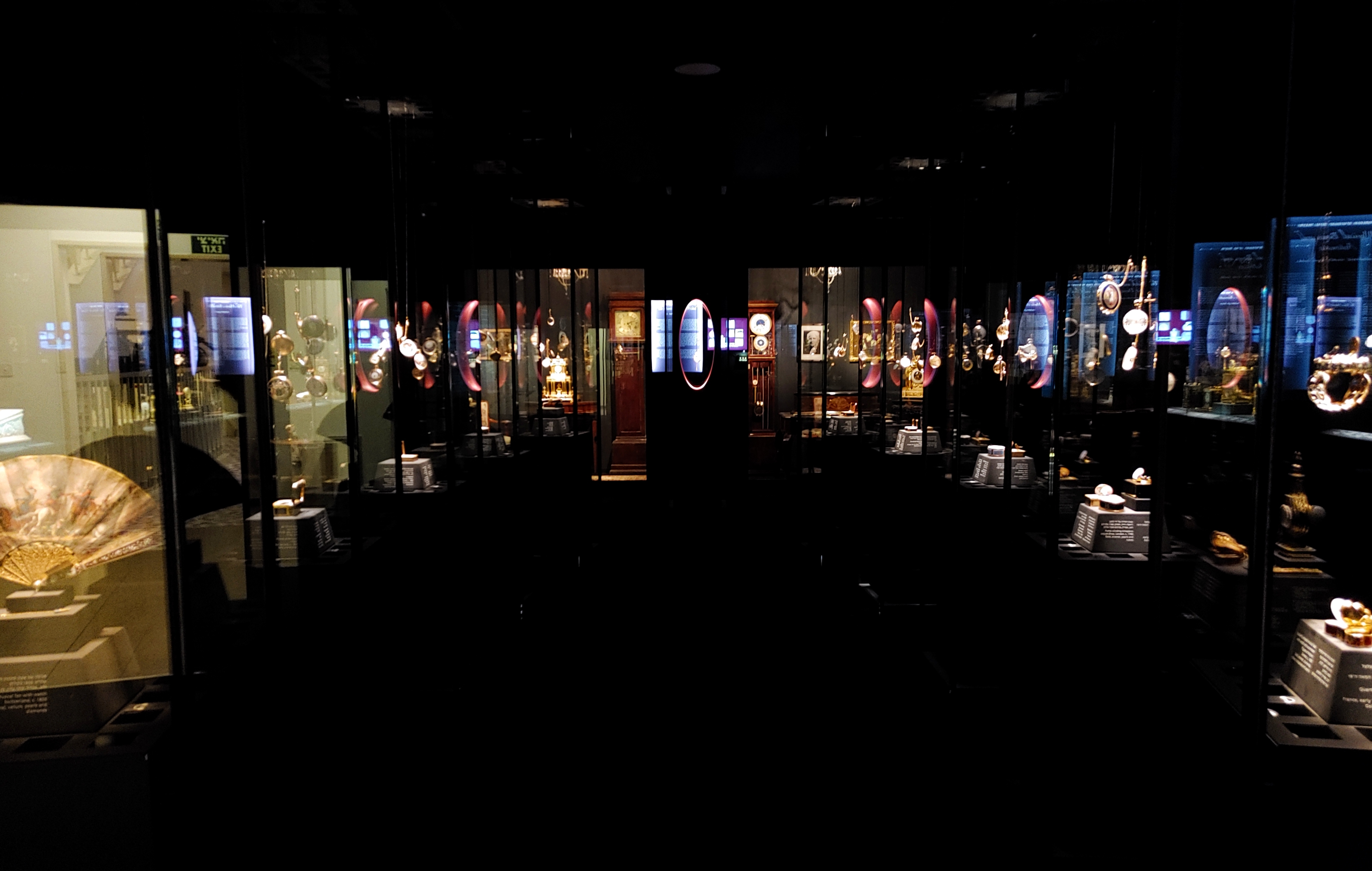
Rows of timepieces on display
As stated before, we finished exploring the rest of the museum and came upon the open heavy bomb shelter doors that kept the watch collection safe in relative darkness. We crossed the threshold and began to examine the 200 or so timepieces in the collection. I was immediately struck by the simplistic beauty of the timepieces dangling in the darkness, perfectly illuminated as to give the appearance of time suspended indefinitely.
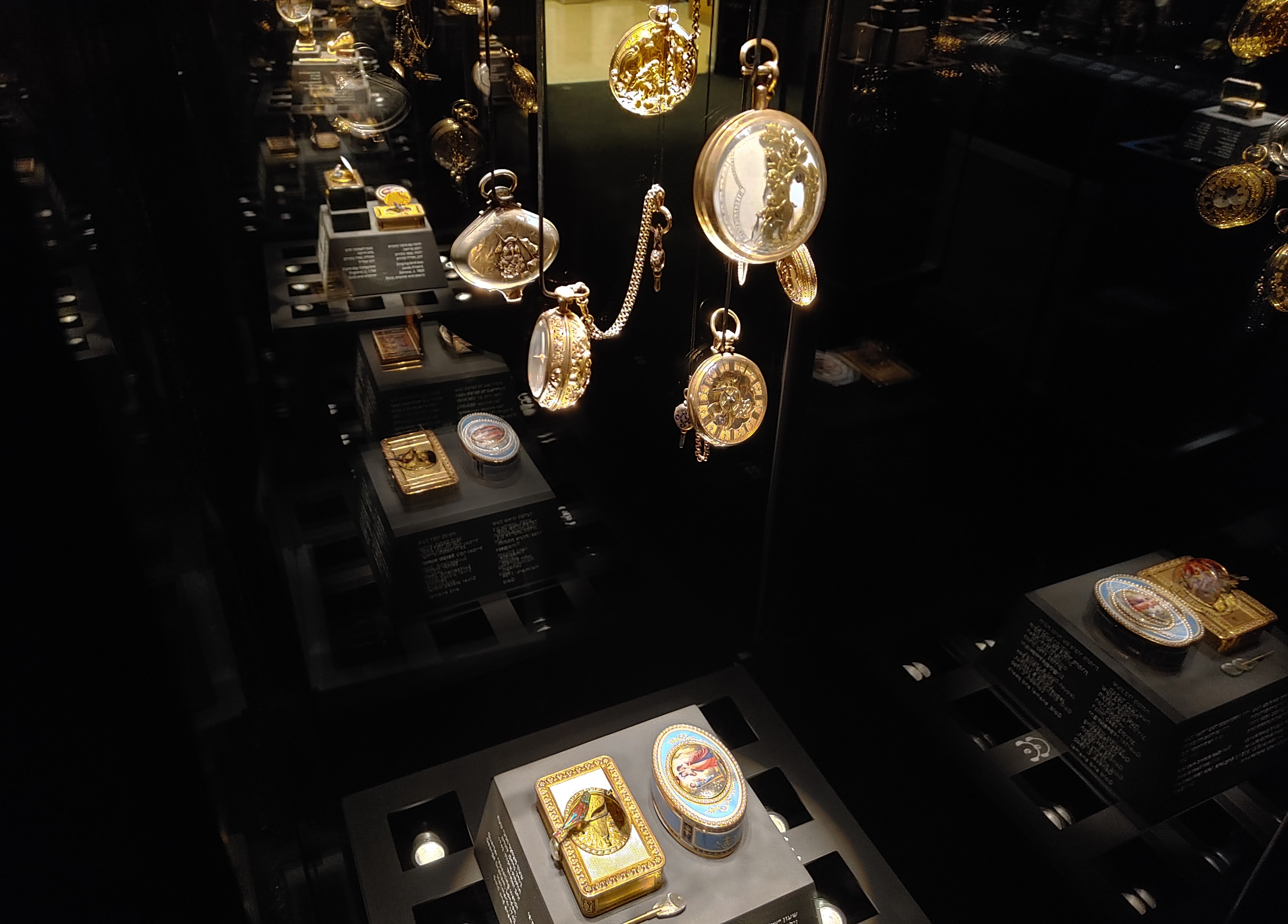
So many precious timepieces
My perusal began with an assortment of gold French and Swiss timepieces from the 1800s, each one more magnificent than the next. It was hard not to marvel endlessly at the incredibly fine craftsmanship with each and every piece. The fine detailing that complimented the elegant and timeless designs showcased a mechanical marvel that ticked away ever so gently.
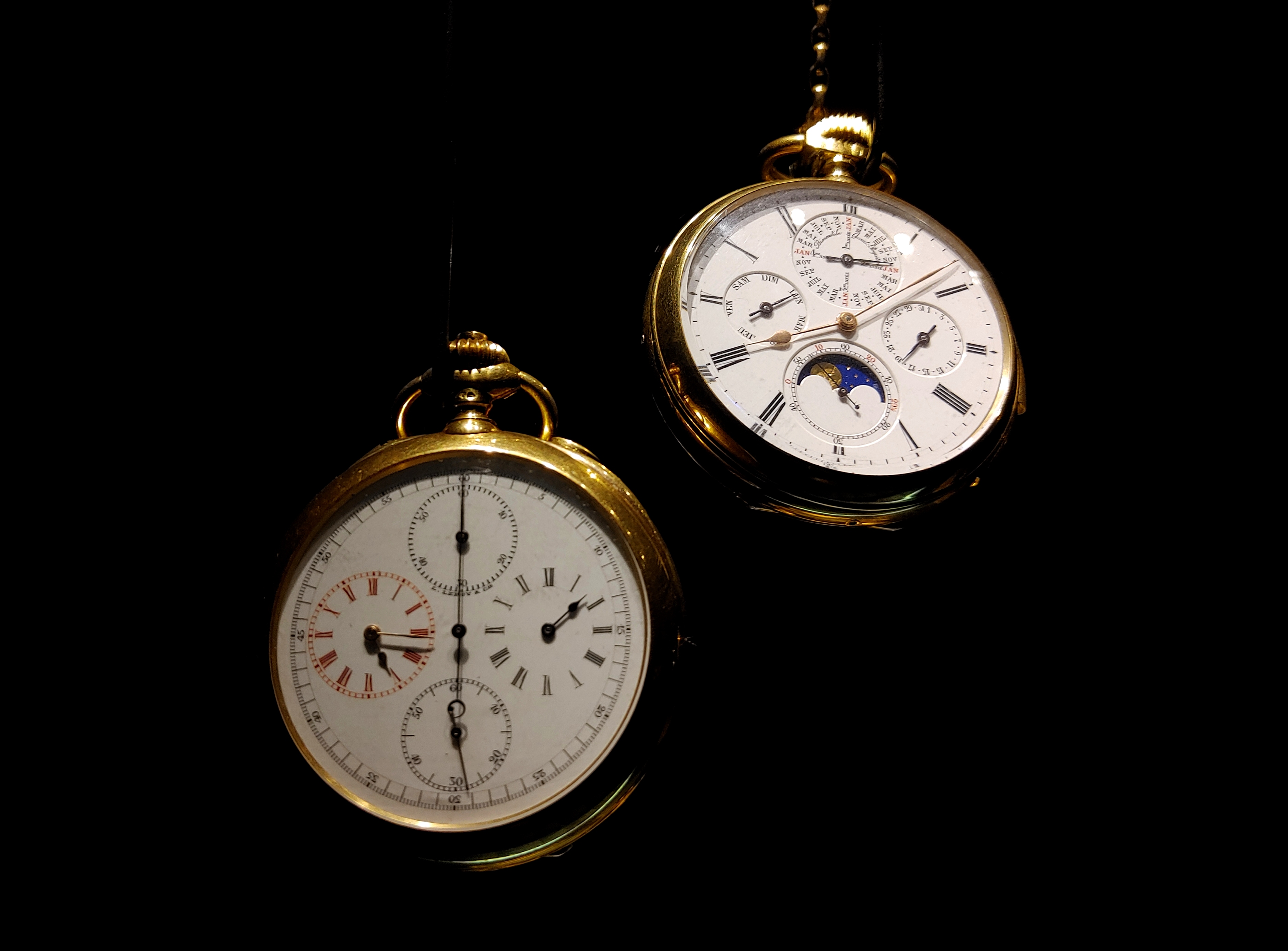
Two L. Leroy et Cie pocket watches
While the collection does feature a good number of stationary clocks, it was the handheld pocket watches that intrigued me most. Unbeknownst to many, my friend and frequent guest on this blog, Adam Ota, has been dabbling in the world of watch movement mechanics for a couple of years now. His speciality is in the timepieces that were crafted in the Soviet Union, practical and relatively inexpensive to source.
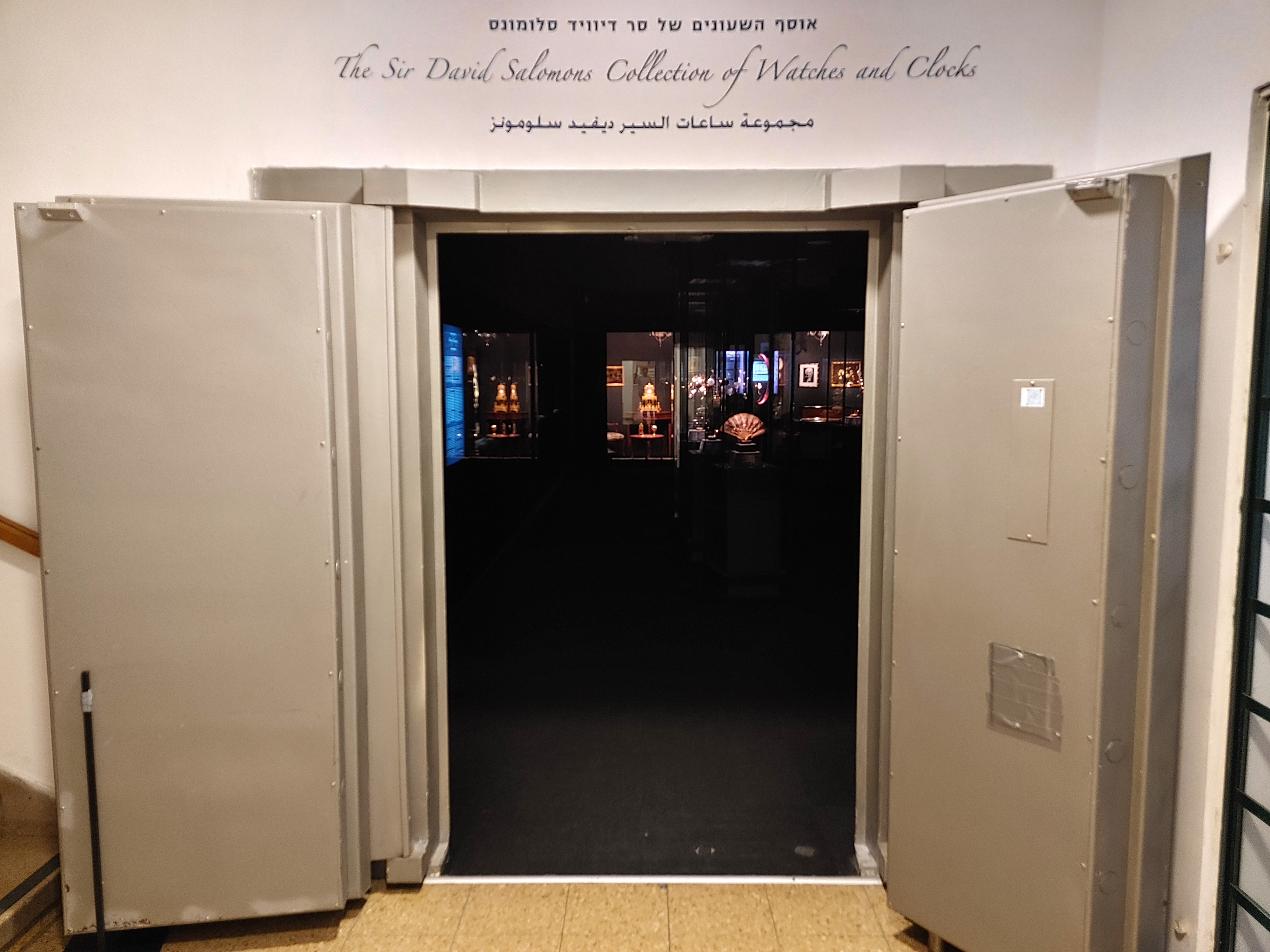
The rare exhibit’s humble setting
Over these years he has gifted me two elegant Soviet wristwatches, both of which he personally cleaned, tuned and realigned to proper working order. The first, which I wore to my wedding (see HERE), was a gold-plated, 23-jeweled Luch timepiece from the 1970-80s or so. The second is a 16-jeweled Svet watch, dated to around the same time, which can be seen HERE.

A variety of Breguet pocket watches
Needless to say, I can appreciate a fine timepiece, and so when we delved into the incredible masterpieces of Breguet, one of the foremost horologists of all time, I may have been slightly euphoric. Of the Breguets on display, the following two caught my eye the most: Breguet No. 148 from 1792 and Breguet No. 5075 which was sold in 1857, both tastefully crafted of gold and enamel.
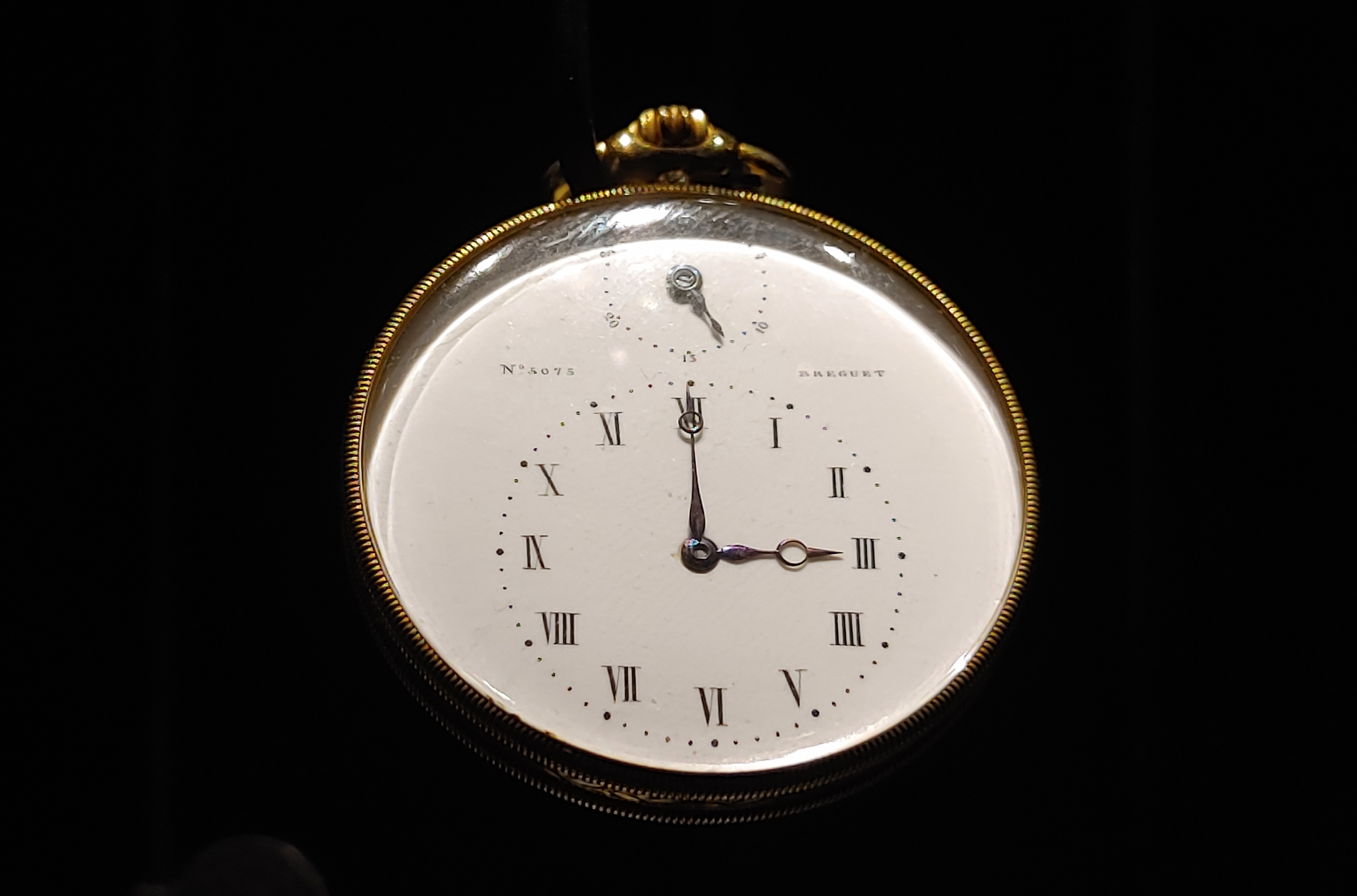
Breguet No. 5075
The pièce de résistance of the collection, and of Breguet as a man and brand, is the magnificent Marie Antoinette watch (or officially, the Breguet No. 160 “The Grand Complication”). To quote the BBC, it is “the most valuable and famous watch in the world” and it befuddles my mind to realise that it was relatively humbly displayed in the basement of an obscure museum, when put into worldwide proportions. But there it was, suspended and illuminated inside a special glass case, for all to see.

Breguet’s Marie Antionette watch
It was commissioned in 1783 for Marie Antoinette, then-Queen of France, and wasn’t completed until 1802. The objective given to master horologist Abraham-Louis Breguet was to add every possible feature, or complication, to the watch, so that it would be the most fantastic timepiece ever. However, once finished, Marie Antoinette wasn’t around to receive it, having been famously executed by guillotine. The watch remained in the watch firm’s hands until the late 1880s when it was sold, and then purchased again by Sir David Salomons in the 1920s and eventually put on public display.
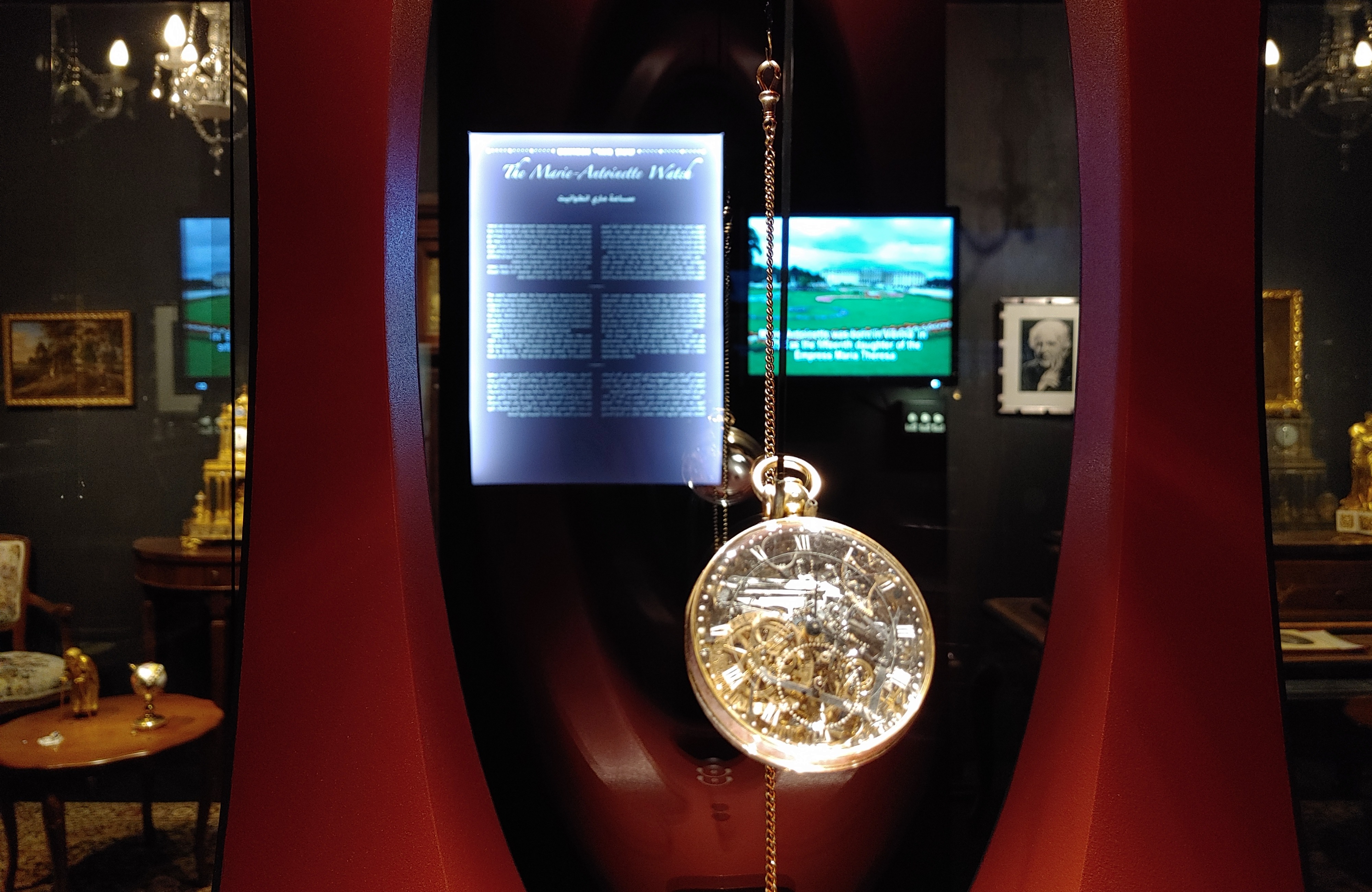
The Marie Antionette watch on display
Fascinatingly, and something that I had not known before, it and over 100 other invaluable timepieces were stolen in the 1980s in what is known as one of the biggest museum heists in history. In a sensational story which ended with the death of the thief in 2004, his widow’s attempt to resell the stolen contraband, a criminal investigation, and the eventual recovery of only some of the missing timepieces – sadly, some are still at large.
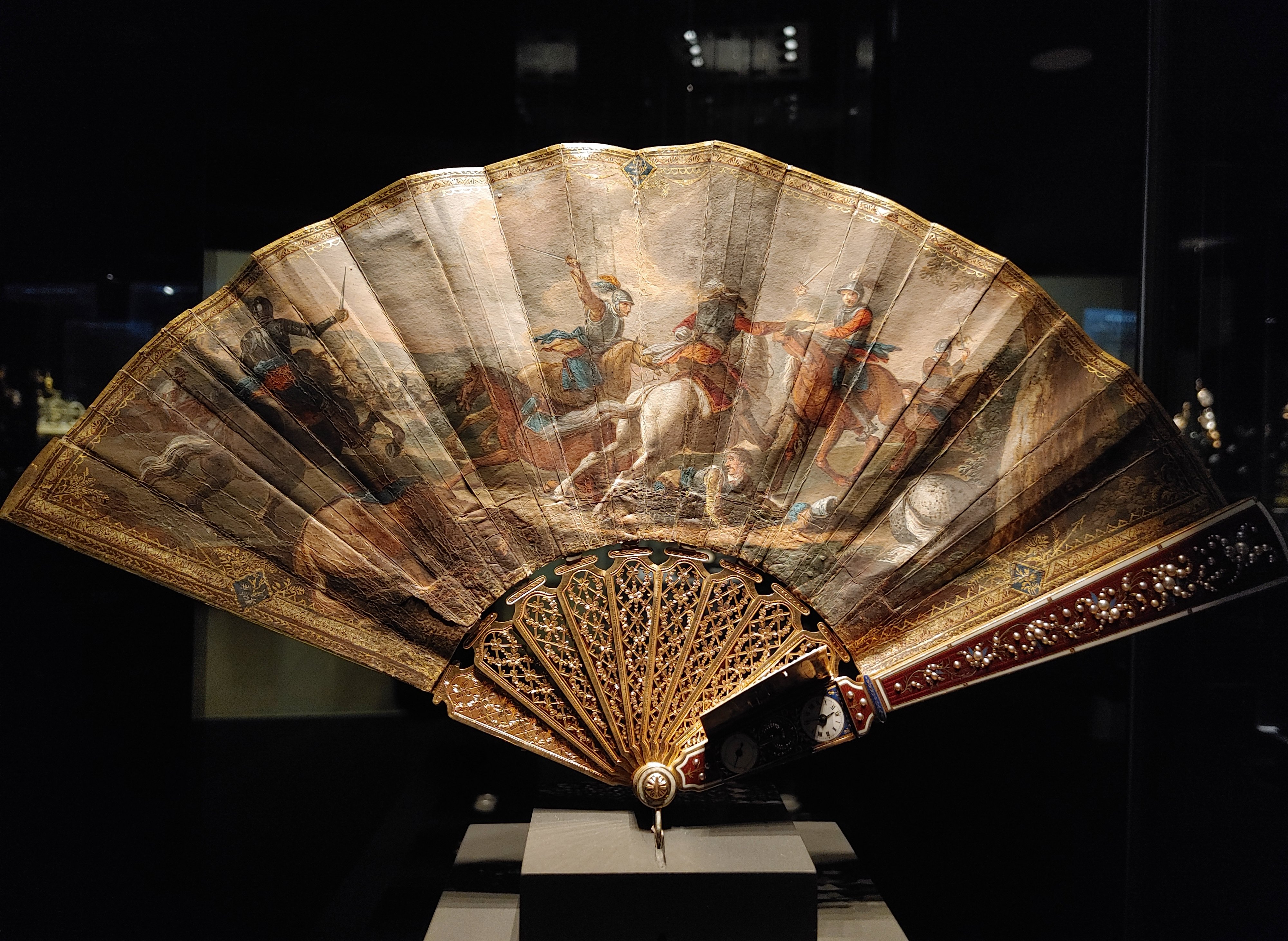
A Swiss musical fan with watch
After our trip to the museum I did a moderate amount of research to learn more about the Marie Antionette watch, and of course the infamous theft, and came across some rather interesting content. Topping the chart was a BBC piece from 2016 where nonagenarian watch enthusiast Nicholas Parsons goes on a journey retracing the life of the Marie Antionette watch from Abraham-Louis Breguet’s first workshop on Paris’s Quai de l’Horloge to Israel, the watch’s new home. This hour-long video is conveniently available on YouTube, and can be watched HERE.
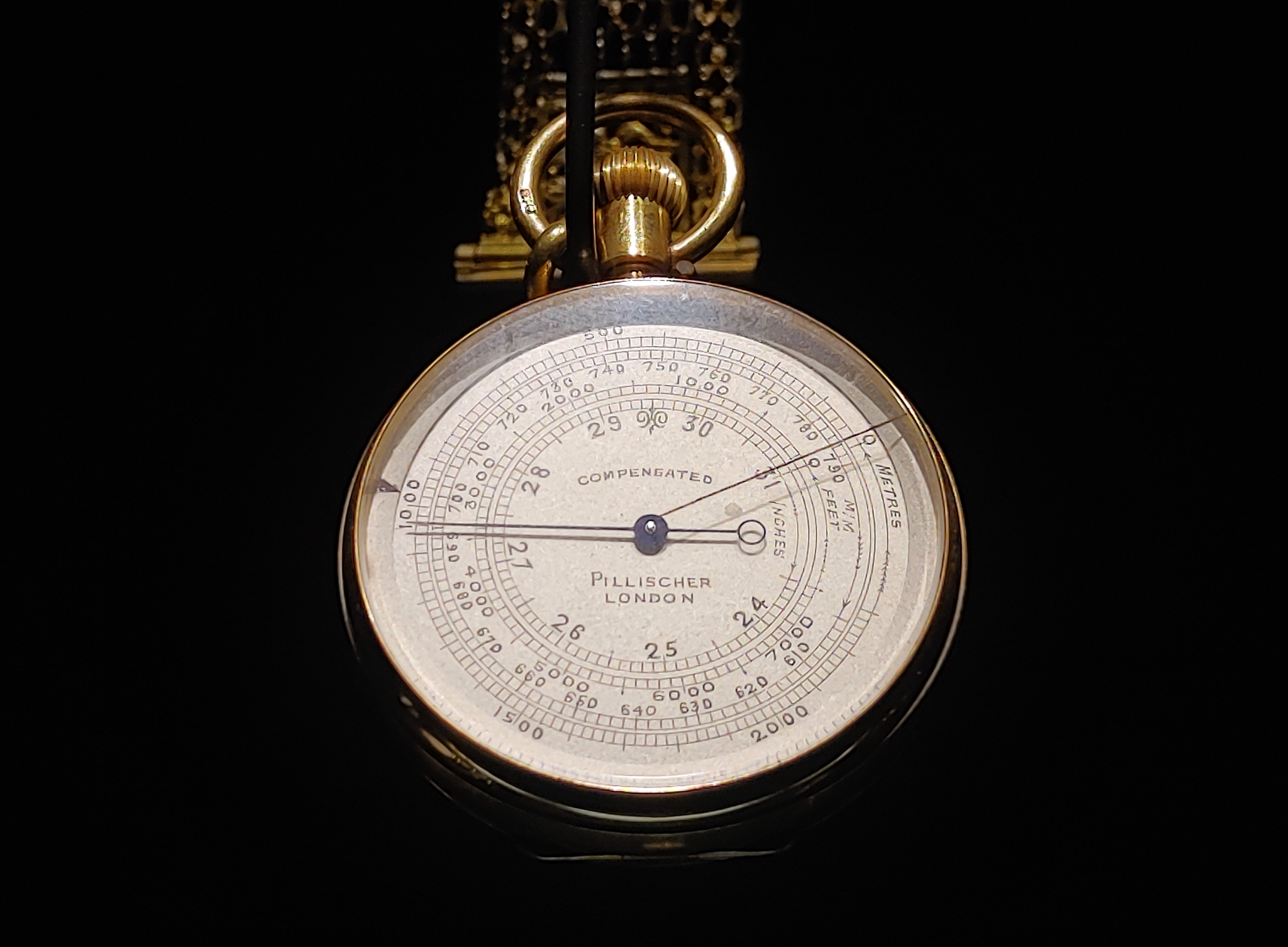
An aneroid barometre by M Pillischer of London
Moving along, I have always had an affinity for skeleton watches, the intricate movement laid bare to the viewer’s eye, so thankfully for me there were a few skeleton clocks on display as well. That and a good handful of obscure pieces such as barometres, thermometers, sundials, pocket telescopes and compasses were more than enough to diversify the impressive collection.
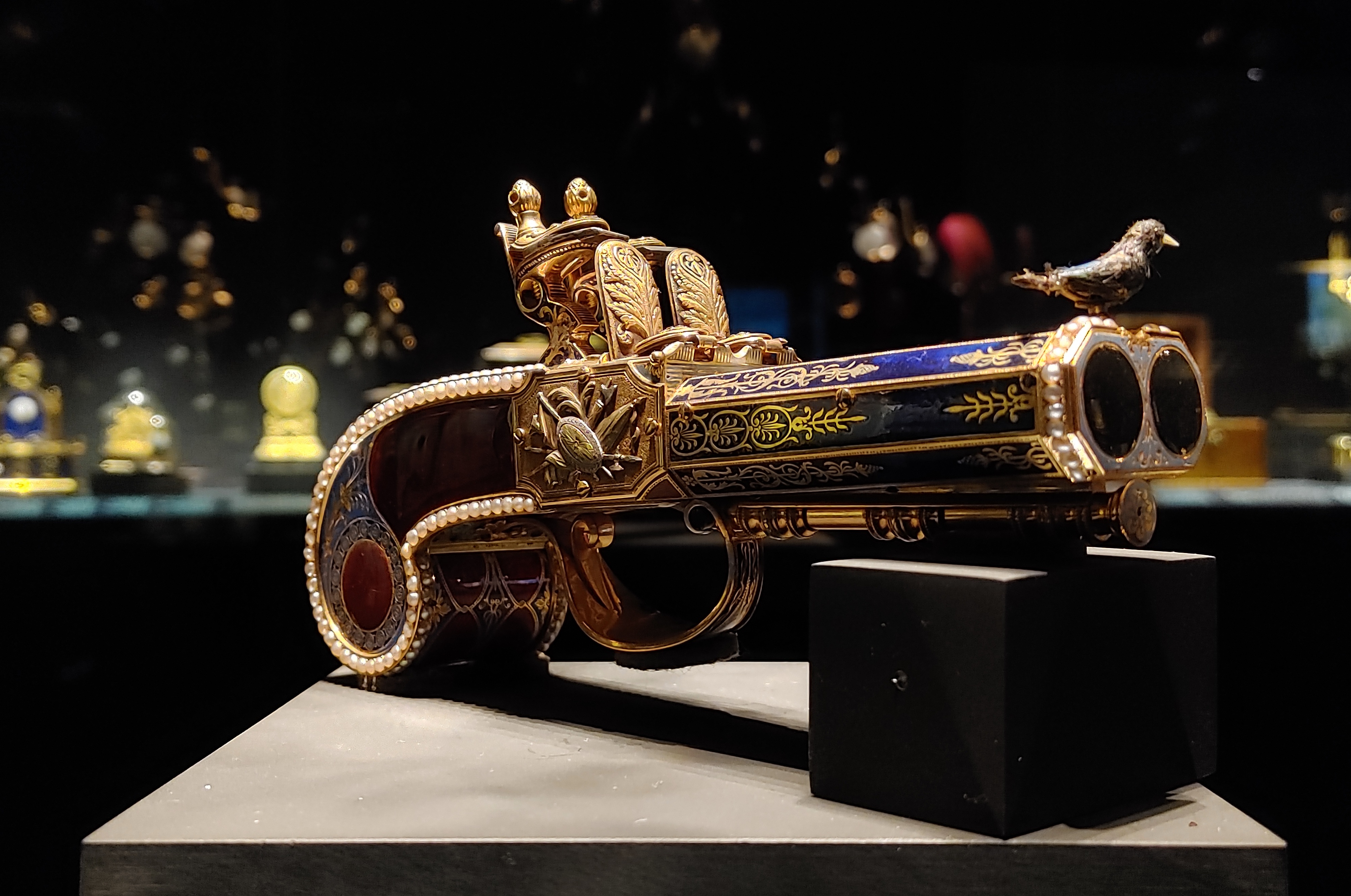
Frères Rochat’s singing bird pistol
There were timepieces of all sorts, including astronomical clocks, mantel clocks and automated musical boxes. Yet, it was the still simple pocket watches that excited me most – particularly those with cleanly designed dials, such as a pair of L. Leroy et Cie pocket watches. Some of the timepieces were more on the creative side, such as a collapsible Swiss musical fan, adorned with pearls and diamonds. A singing bird pistol with a small watch embedded in the butt was the innovation of Swiss watchmaker Frères Rochat in the early 1800s.
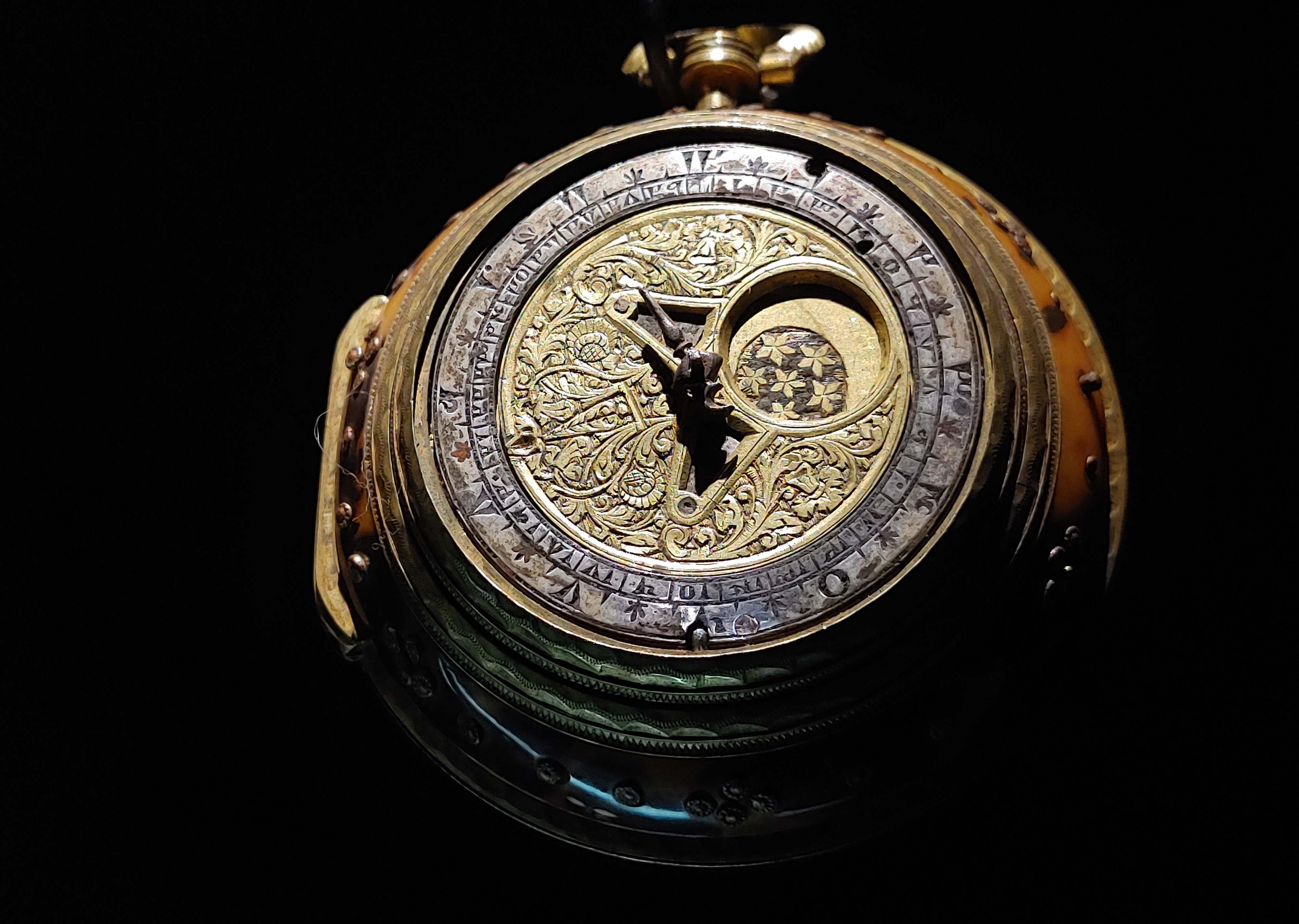
A Turkish calendar watch from the 1600s
Fine craftsmanship was not limited to the French and Swiss, on display were representatives of timepieces from countries such as England, Japan and Turkey. Some were, in fact, Swiss-made for foreign markets, such as one featuring the portrait of Ottoman sultan Abd al-Majid, crafted by Augt. Courvoisier & Cie in around 1850.
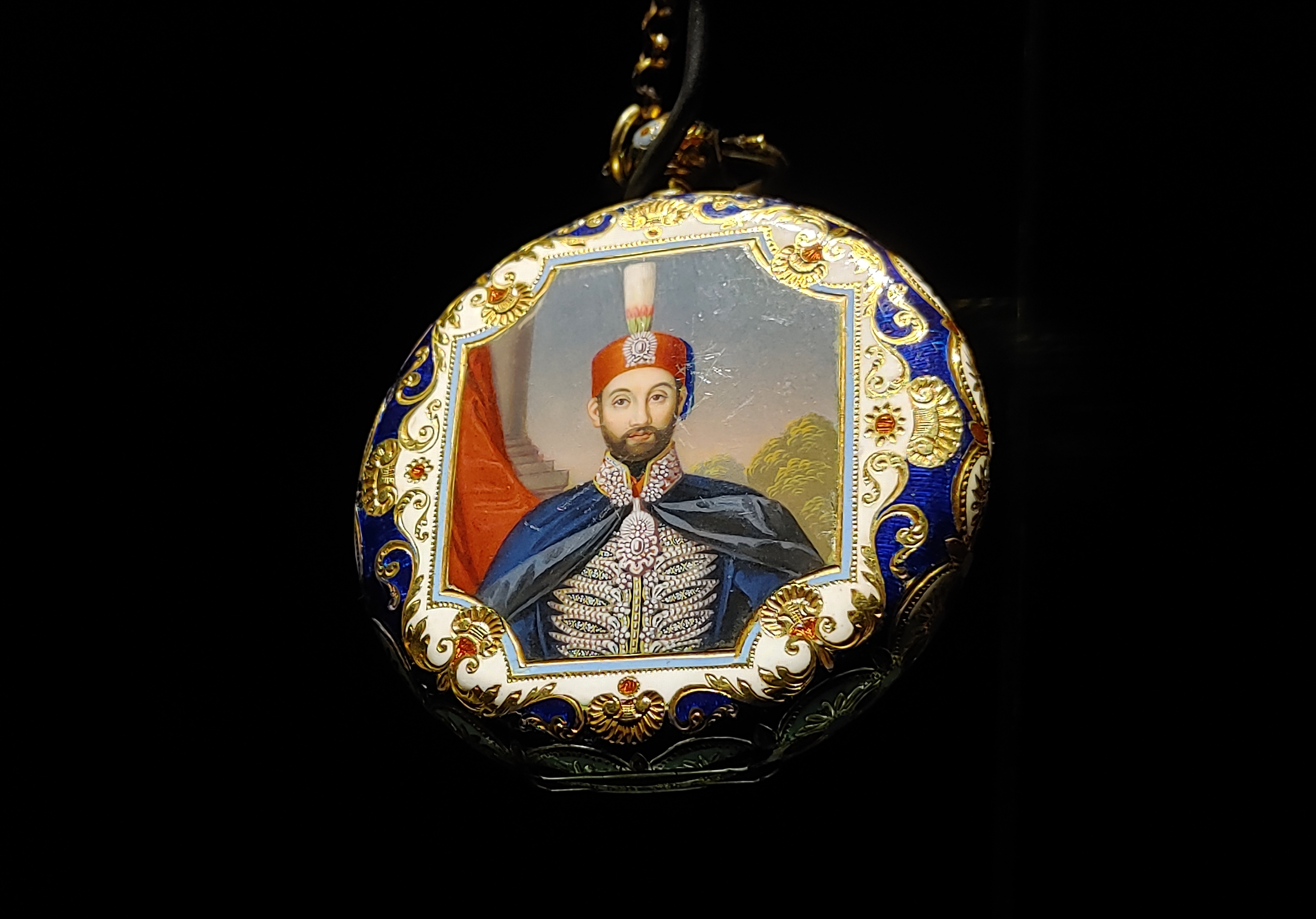
Augt. Courvoisier & Cie timepiece for Turkish markets
It took but twenty minutes or so to peruse the priceless collection, but it was a moment captured in time that I should be hard pressed to forget. Never have I seen such an awe-inspiring collection of timepieces, and when will such occasions rise again. I left the museum feeling slightly odd, that the last – seemingly unrelated exhibition – had eclipsed the sensations created by the rest of the artefacts and collectibles on display. At least it was a good sort of odd, feeling thankful for my opportunity to visit at long last.
